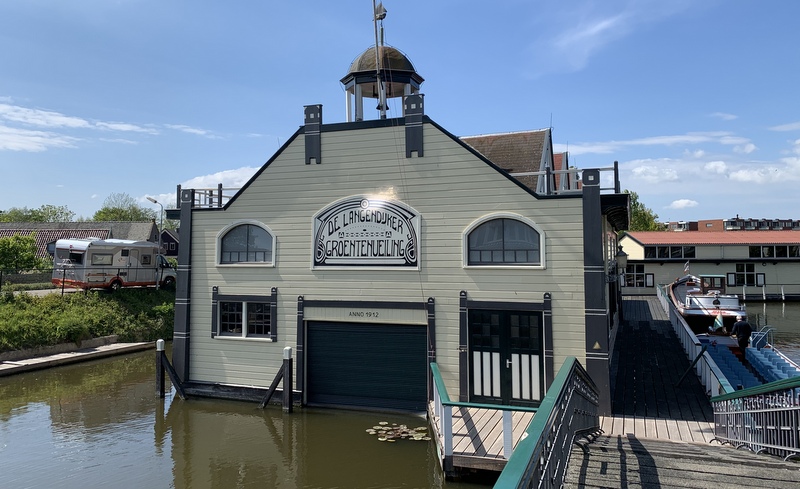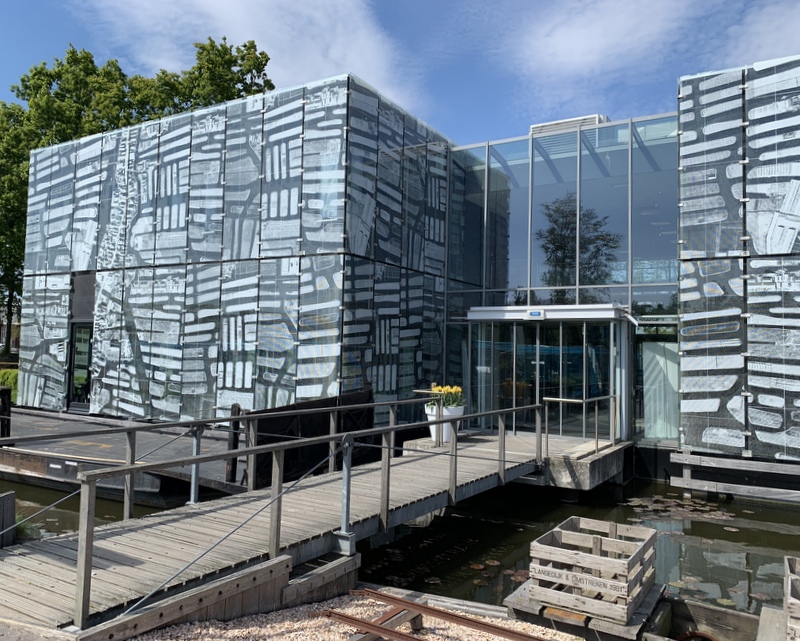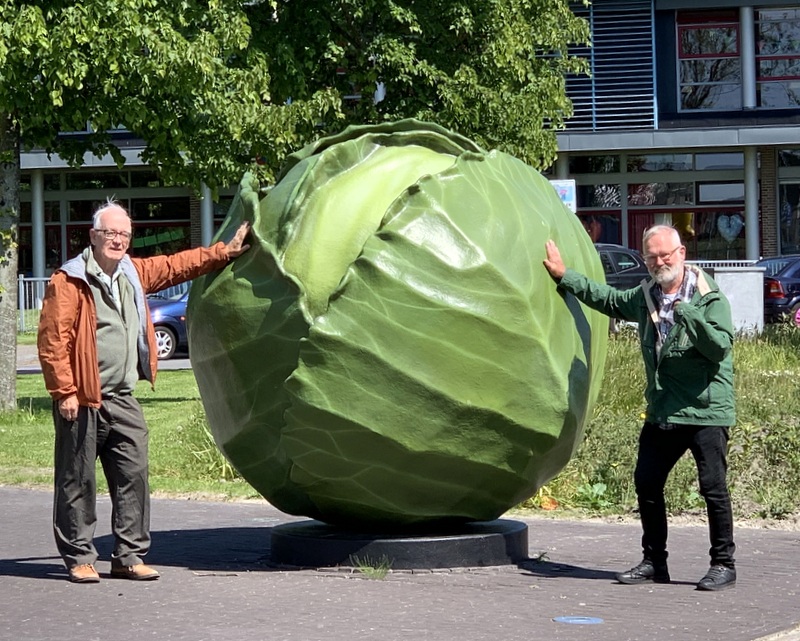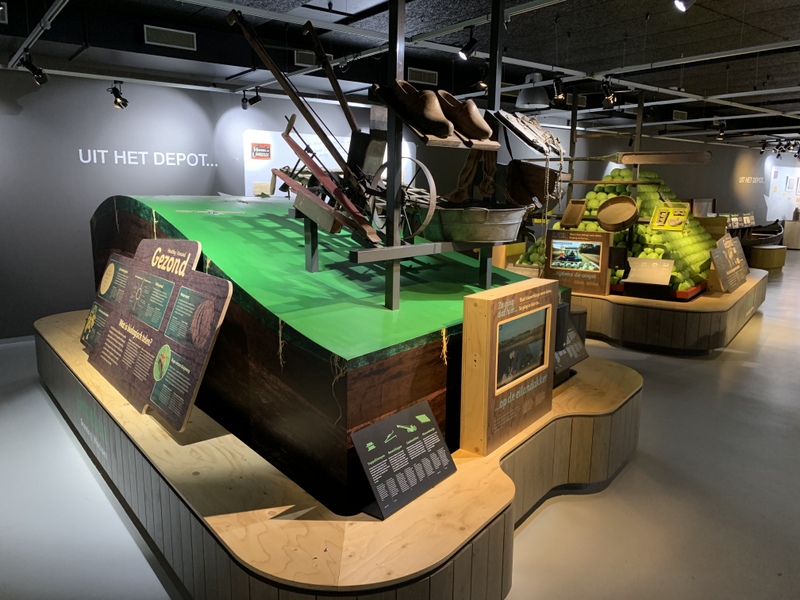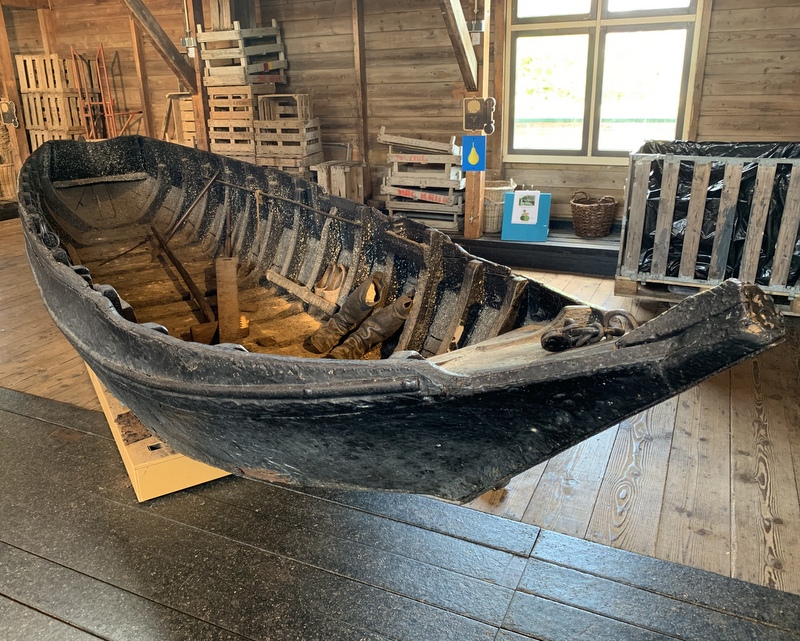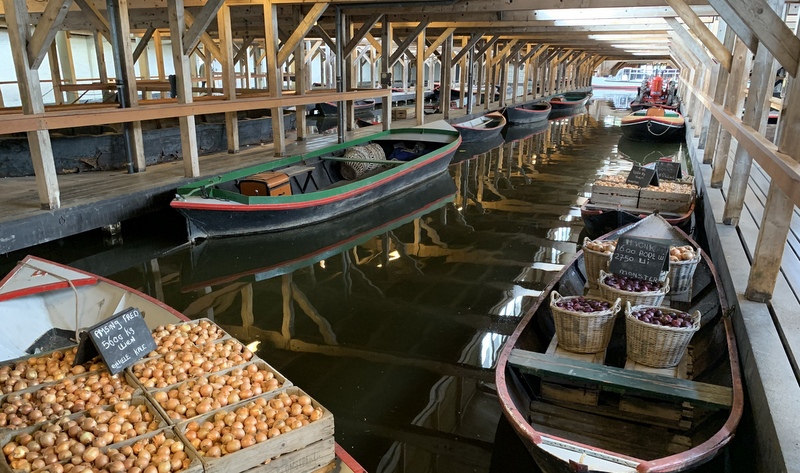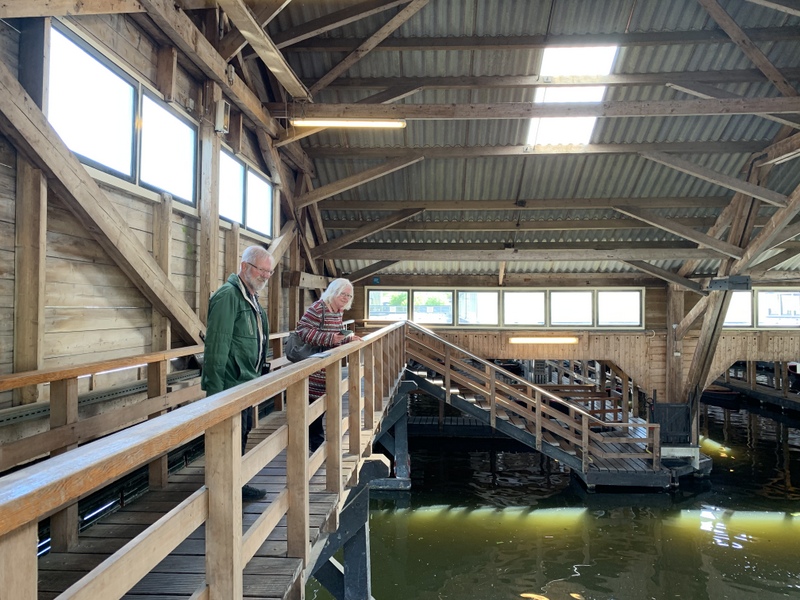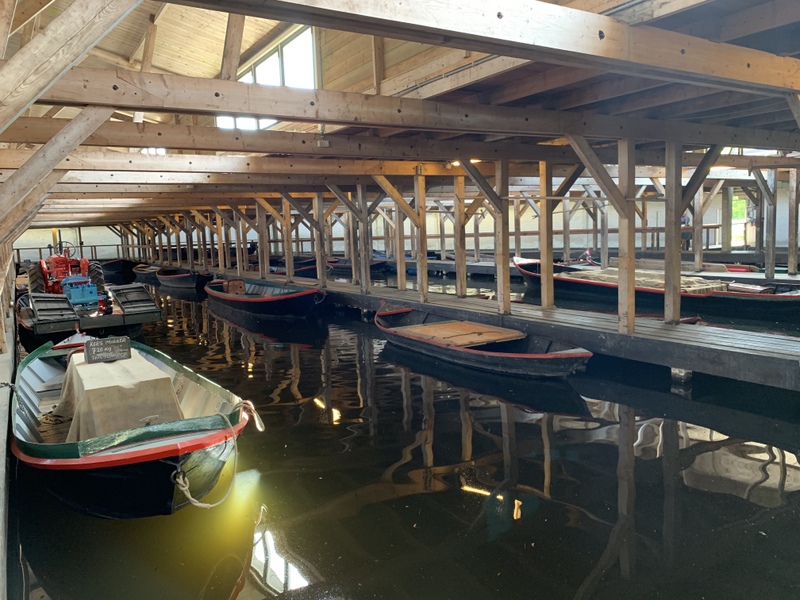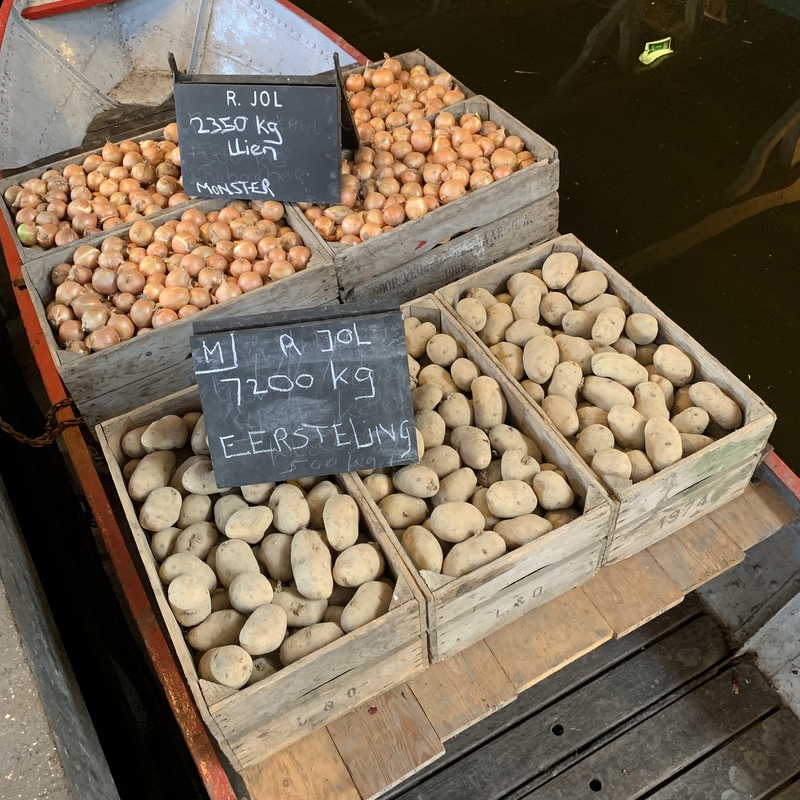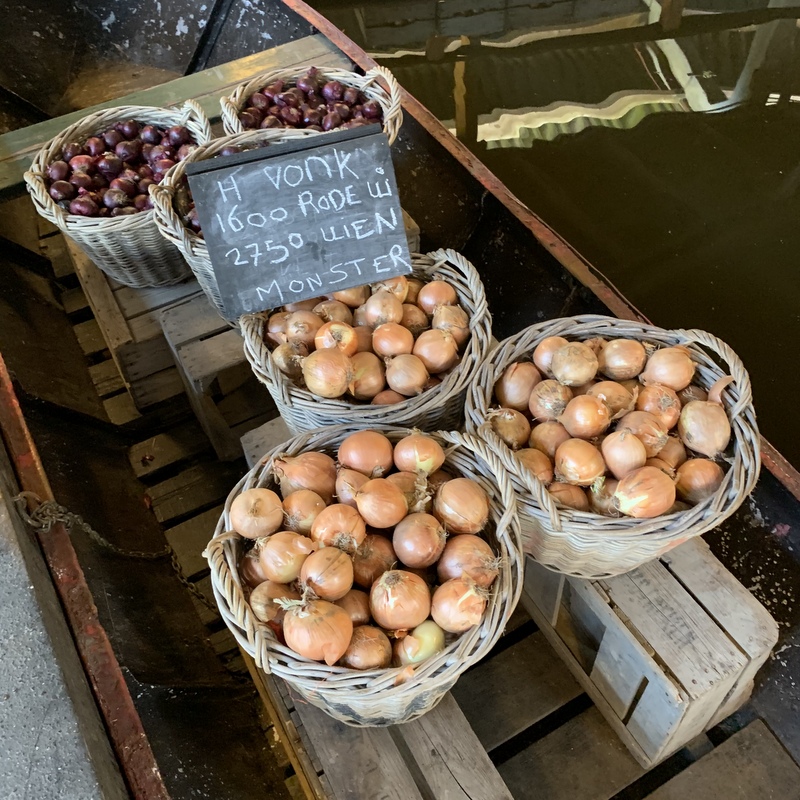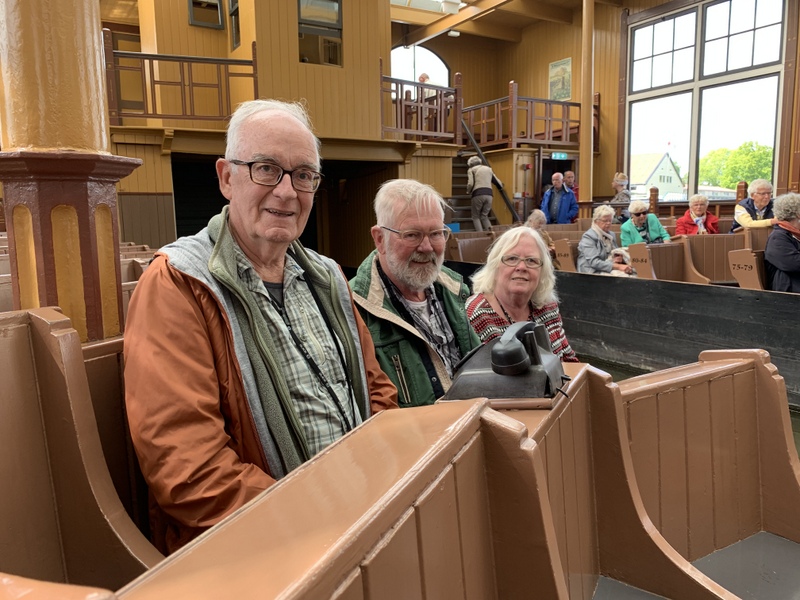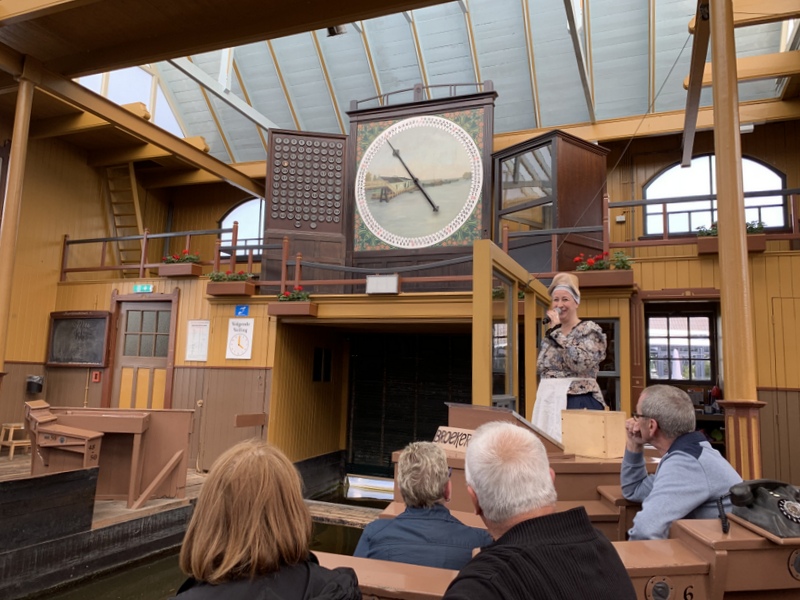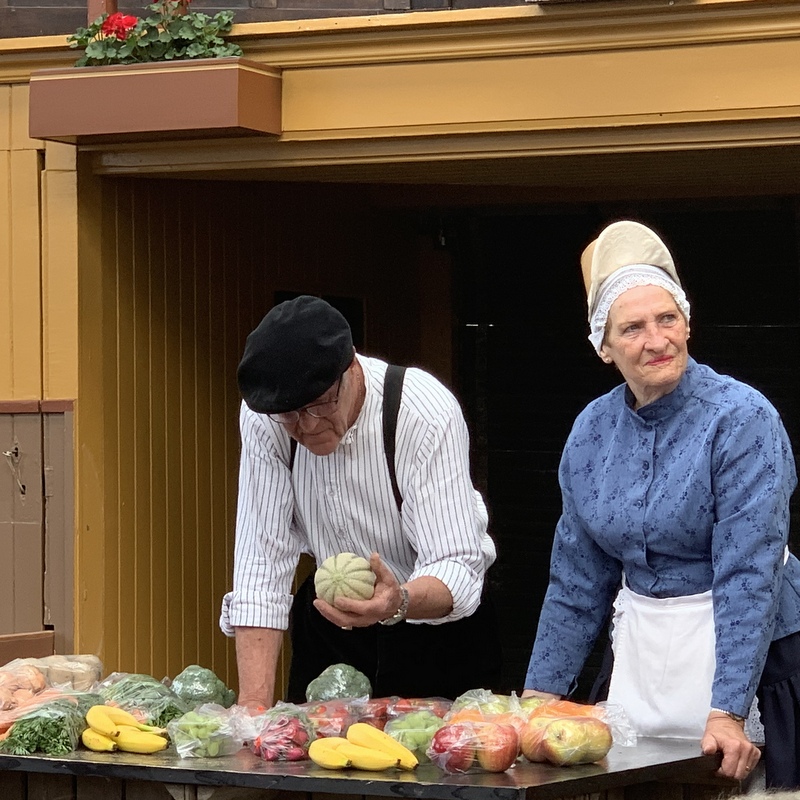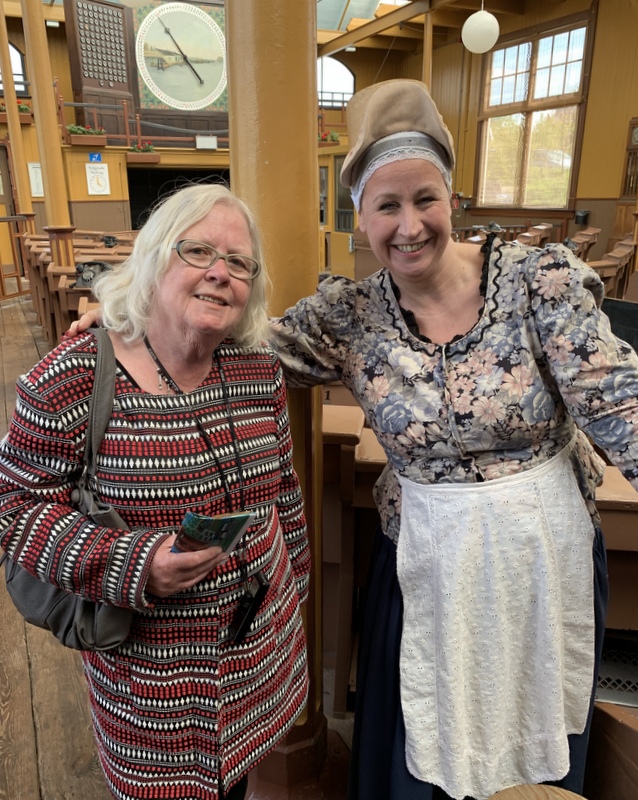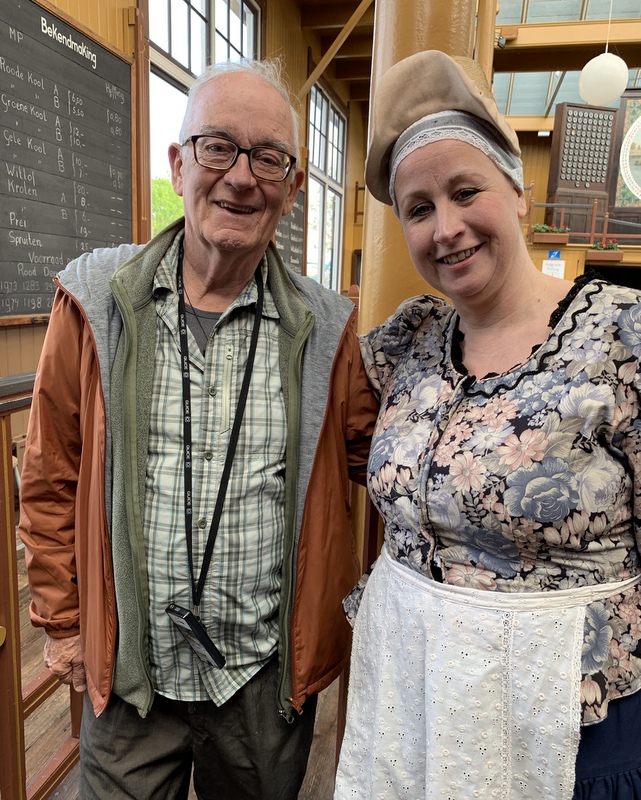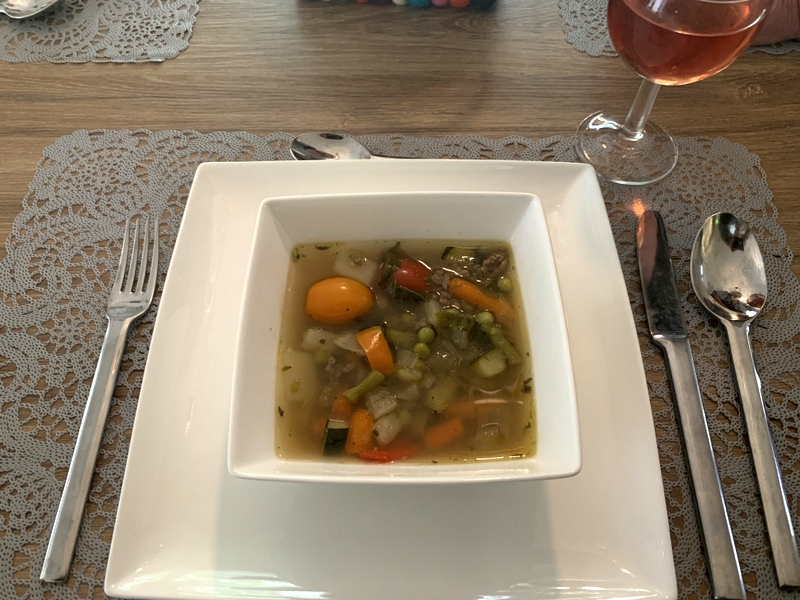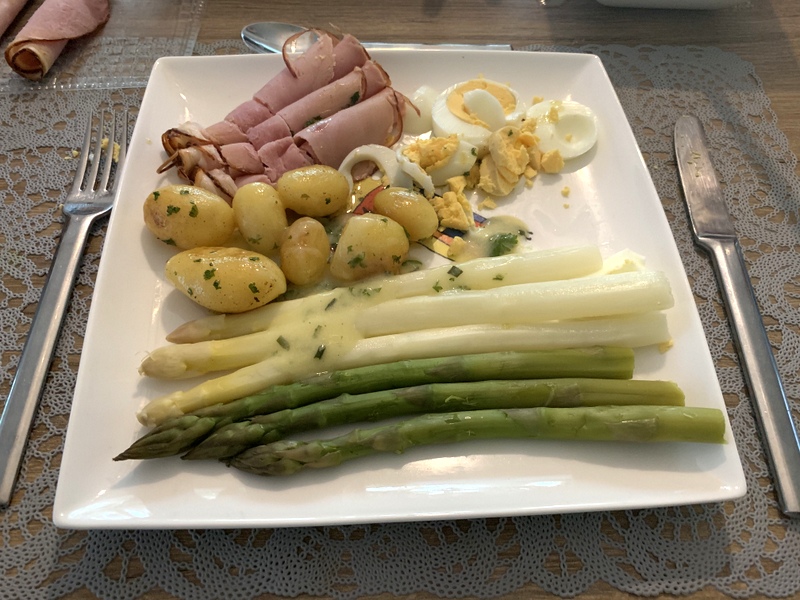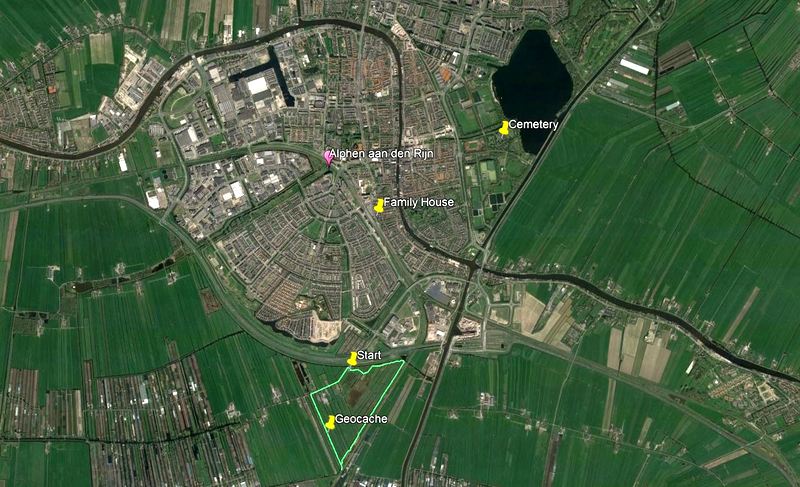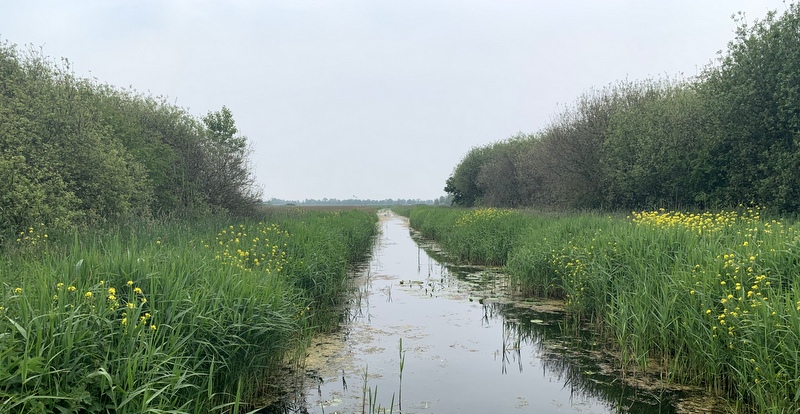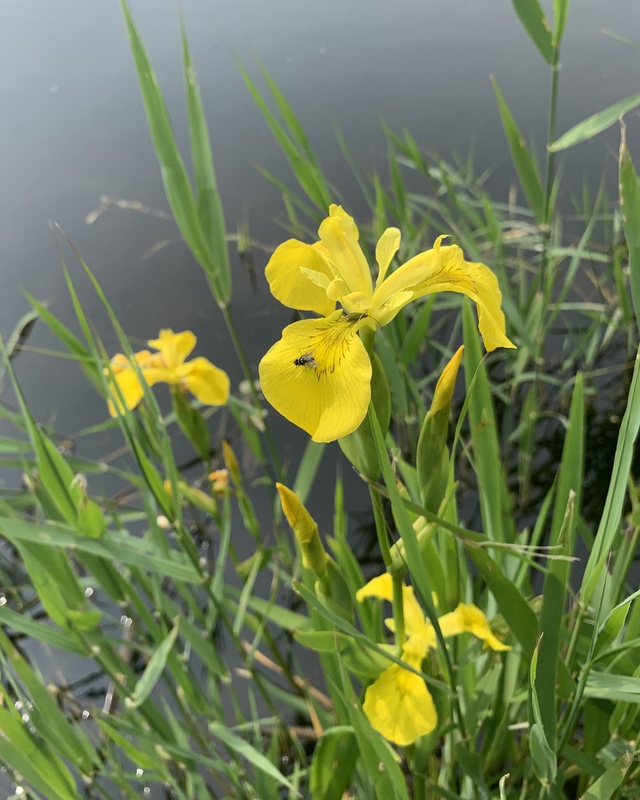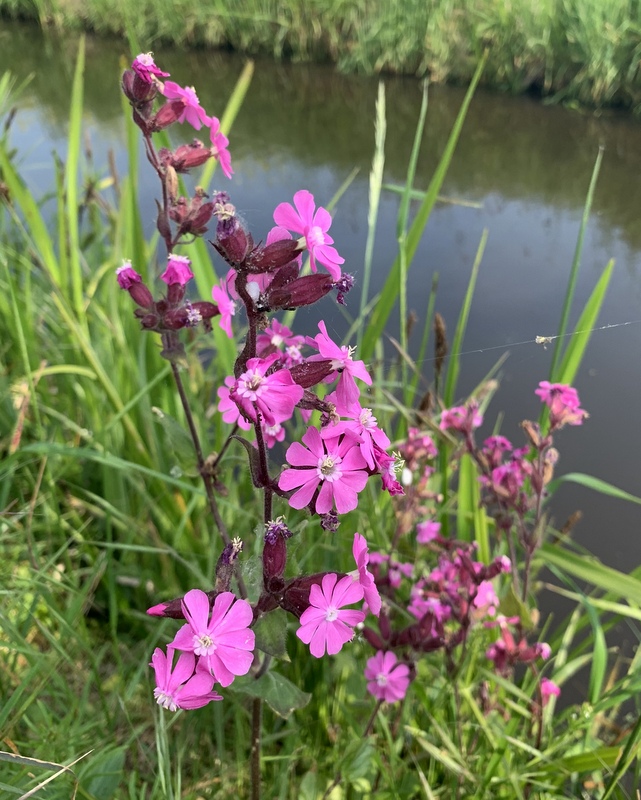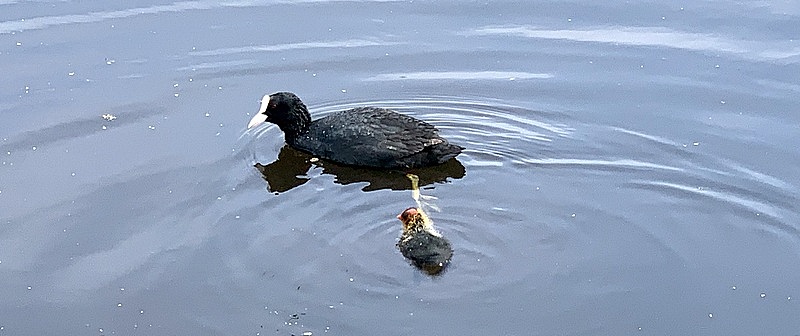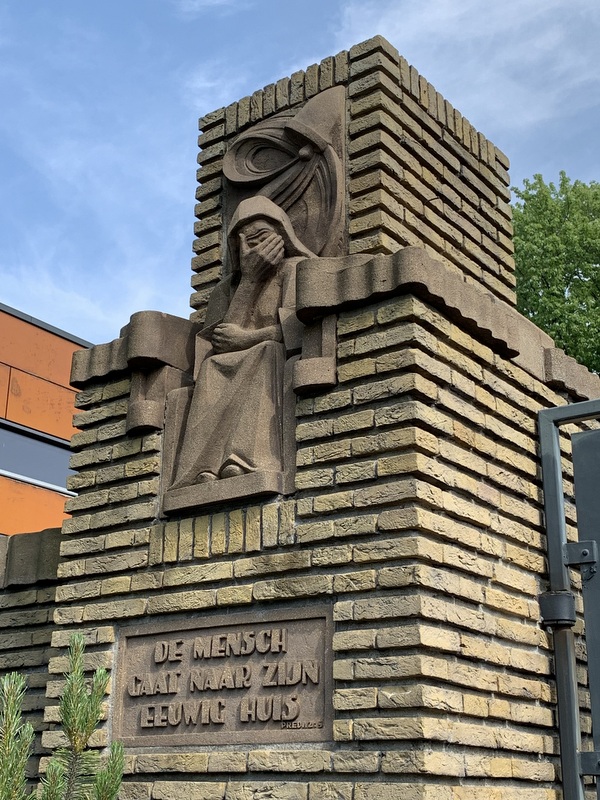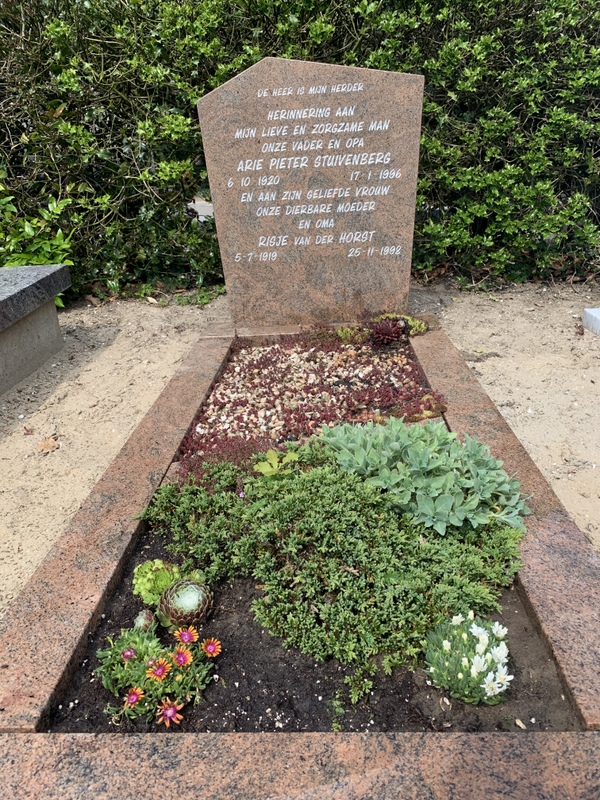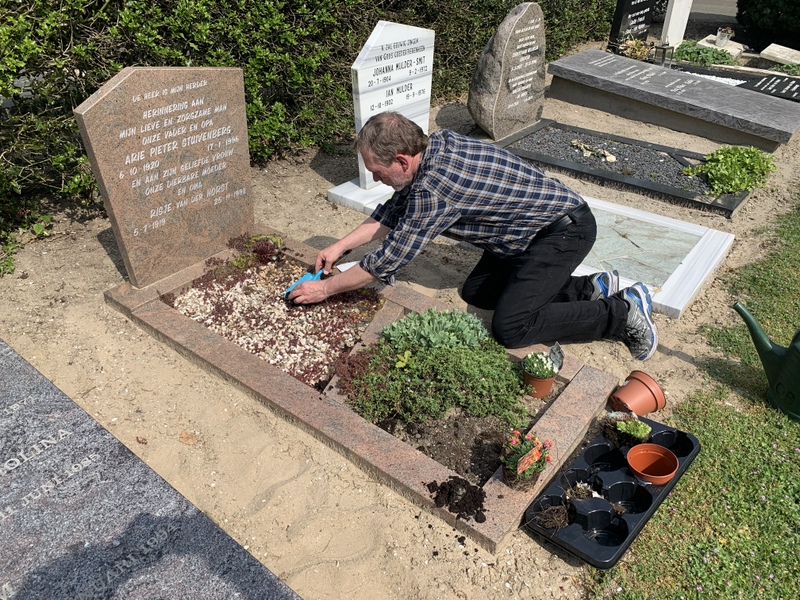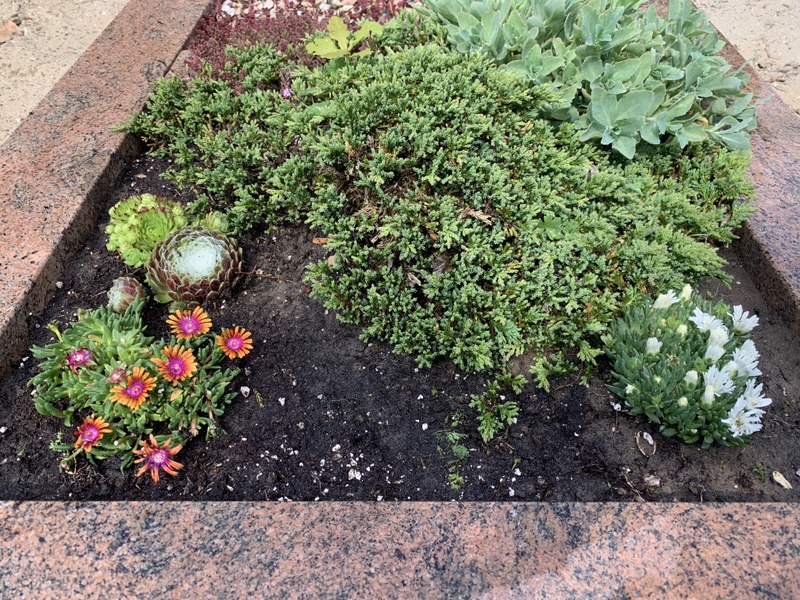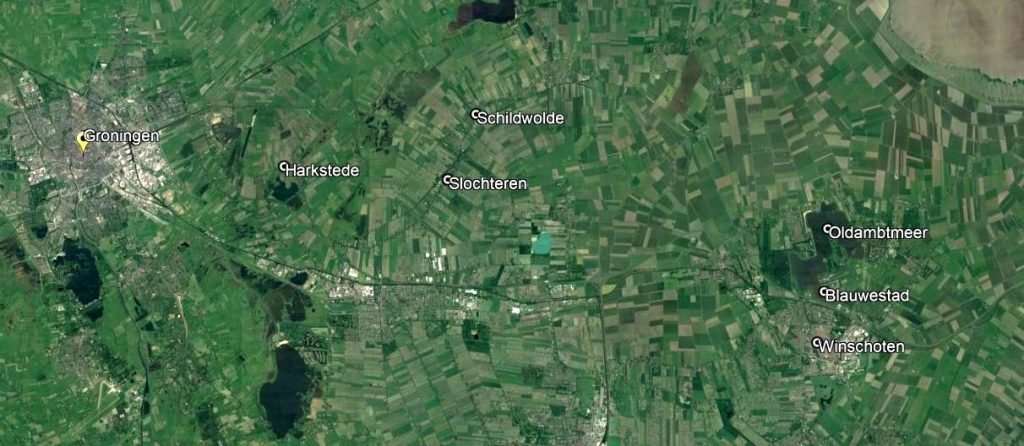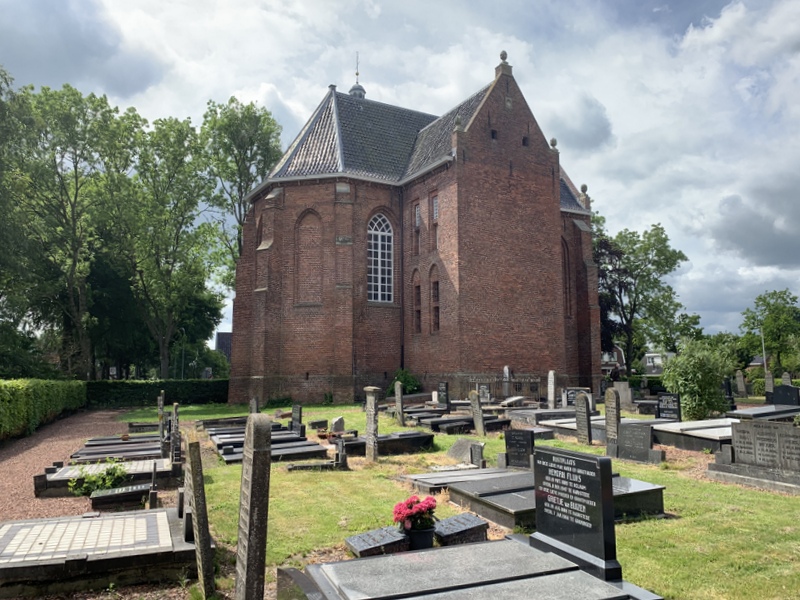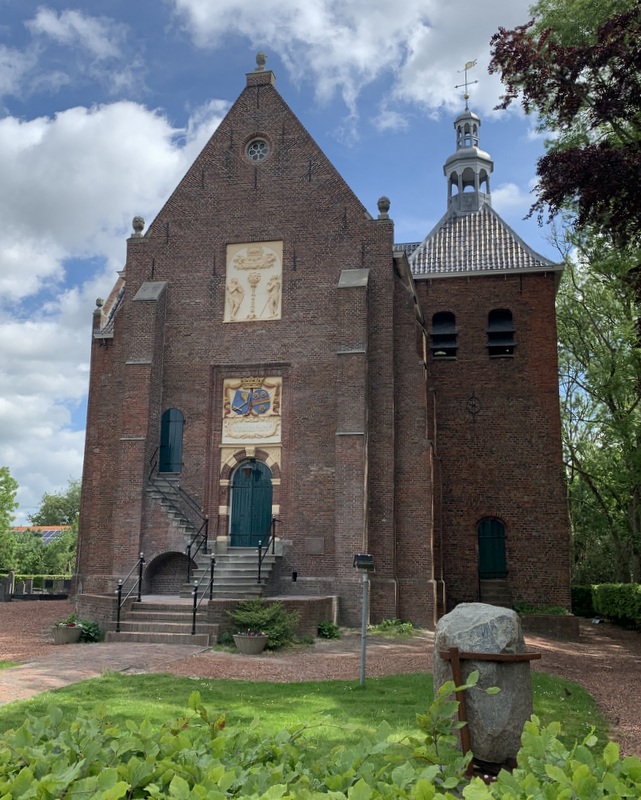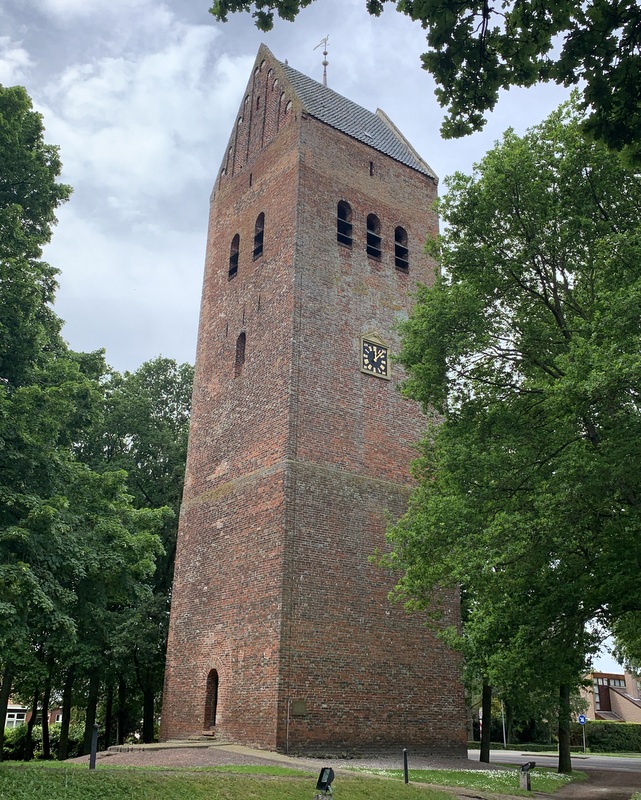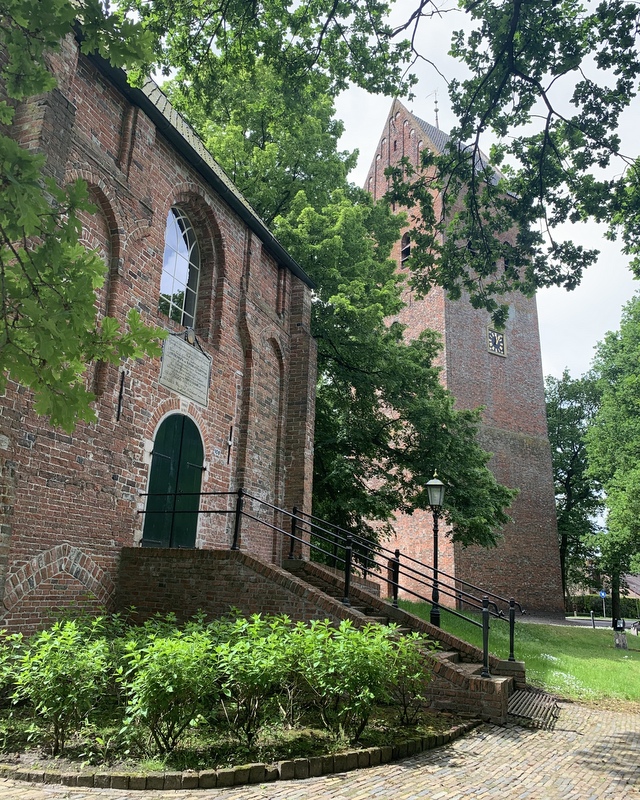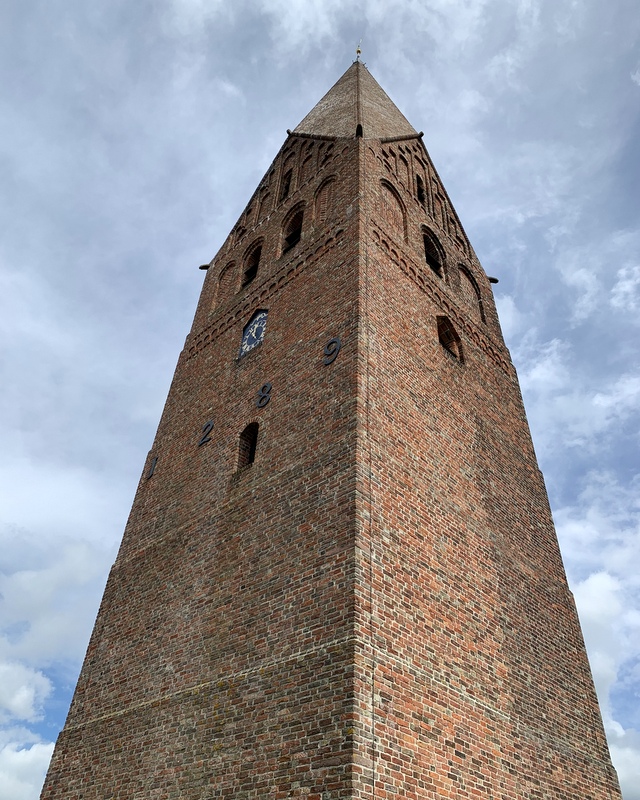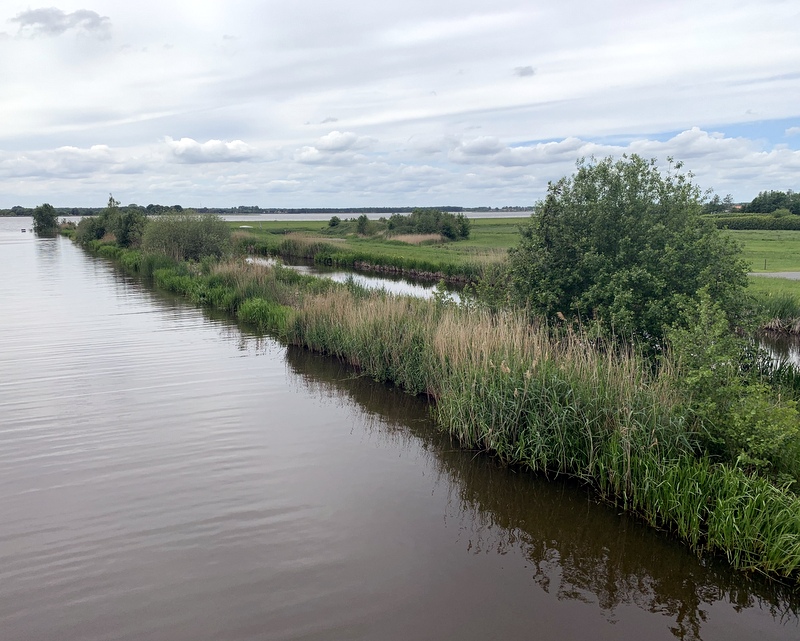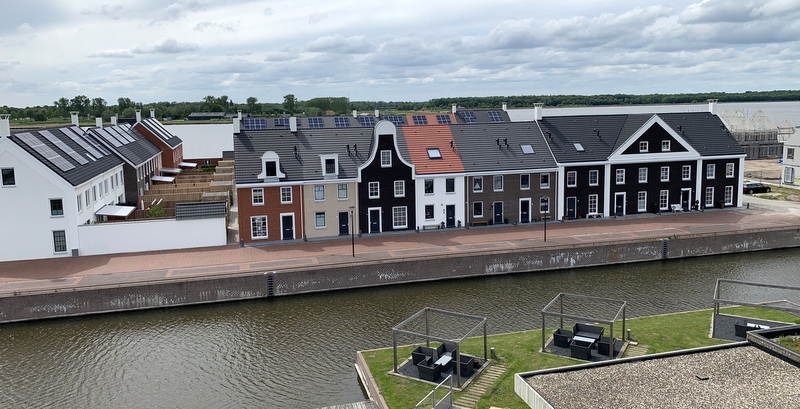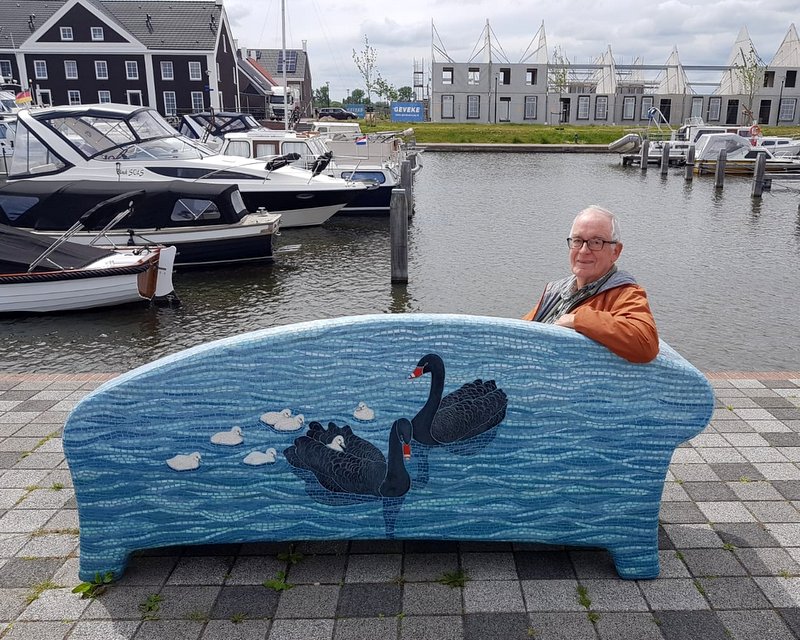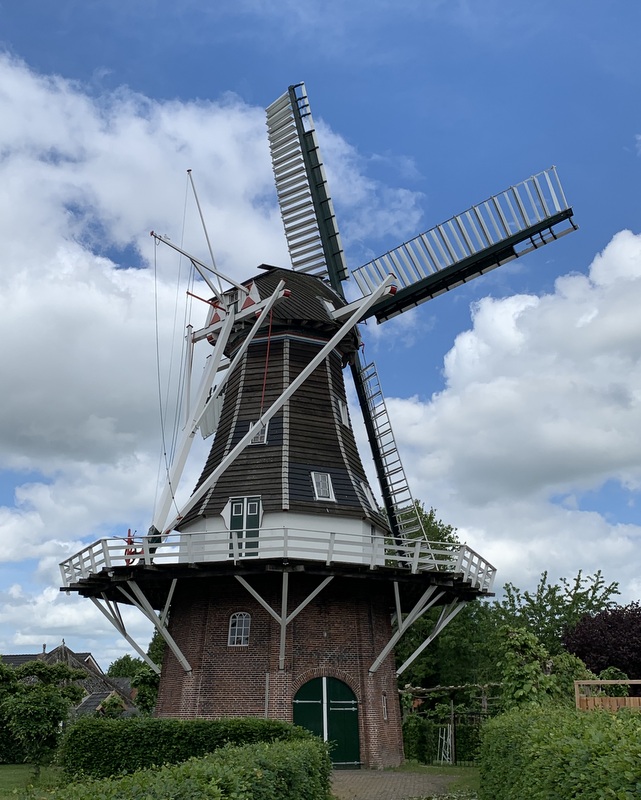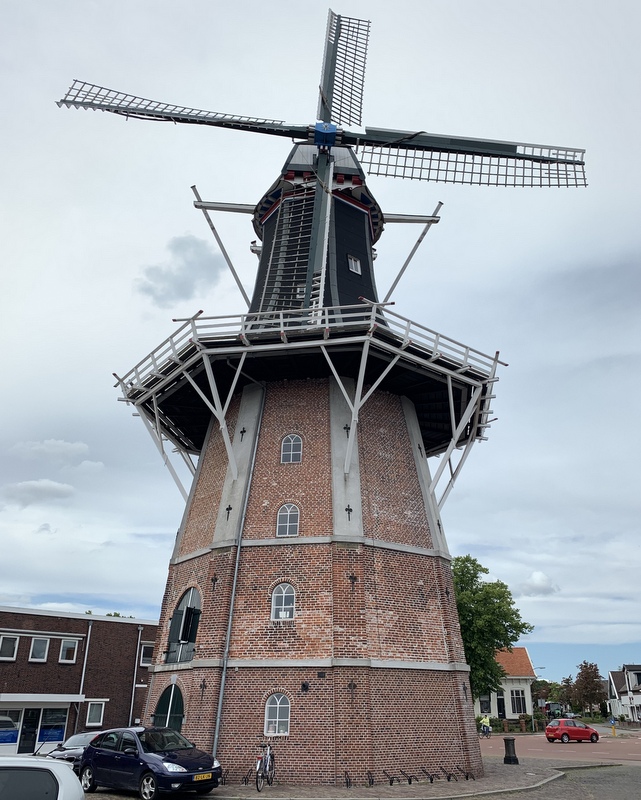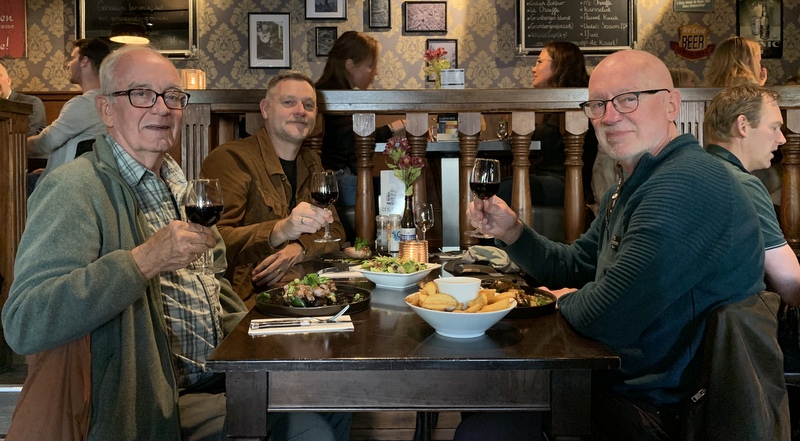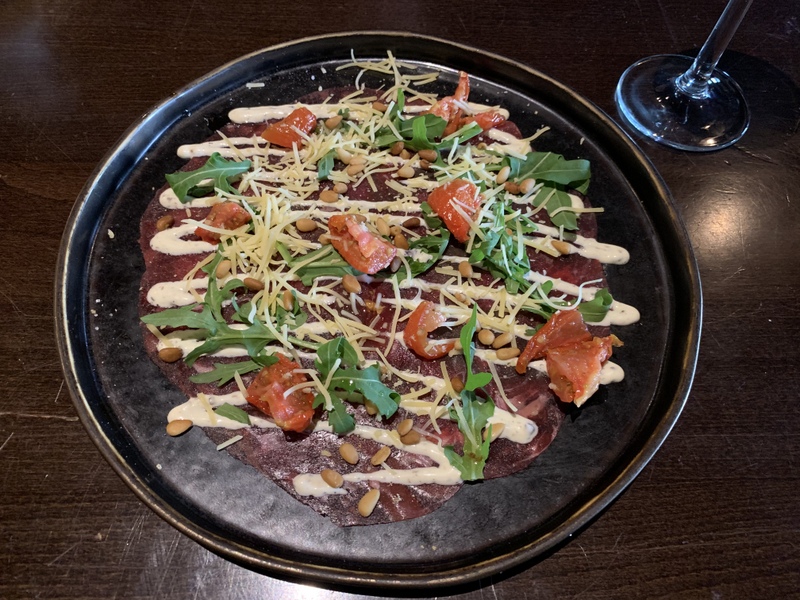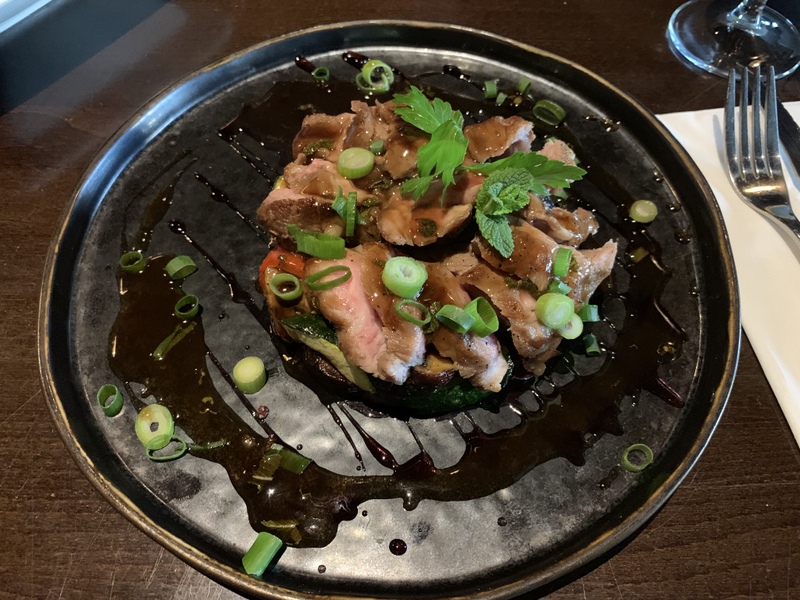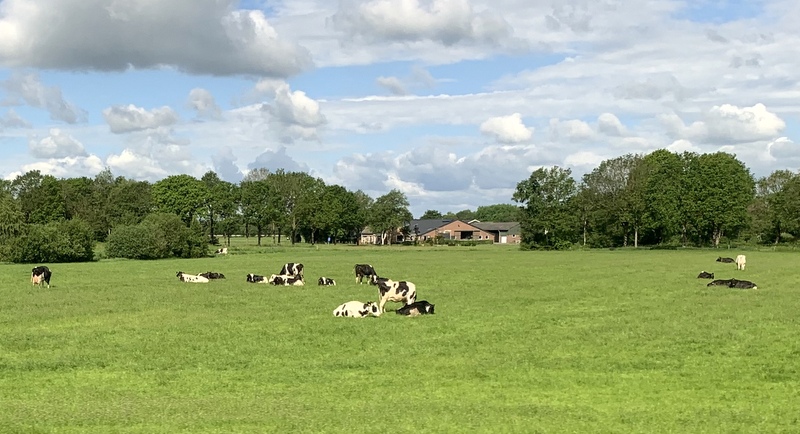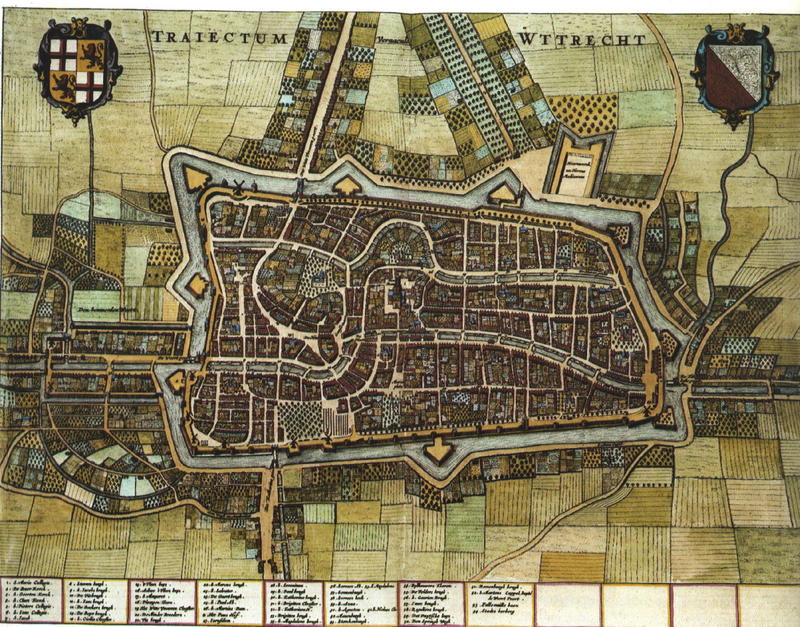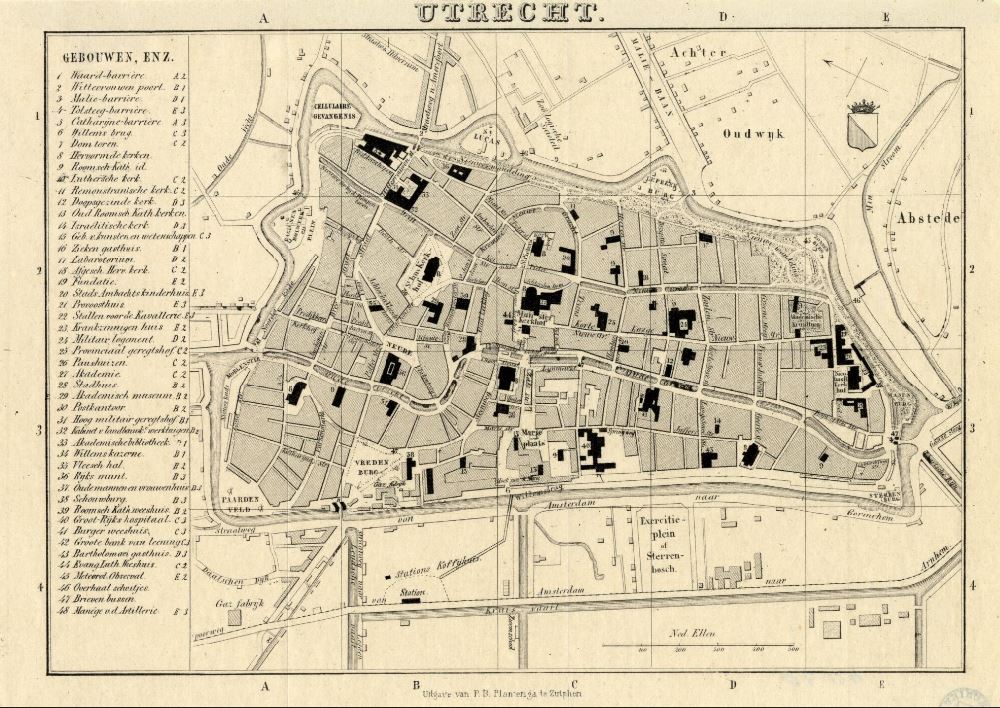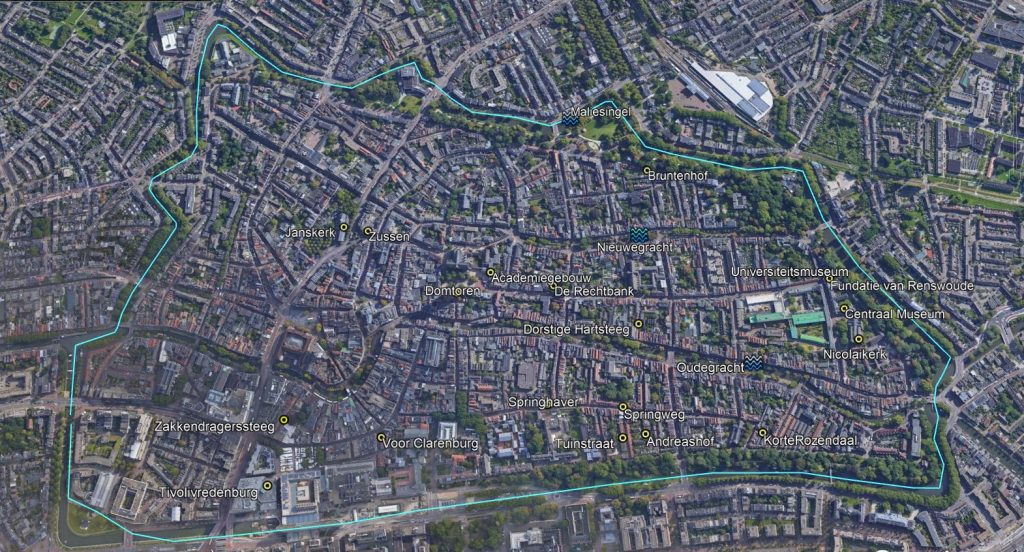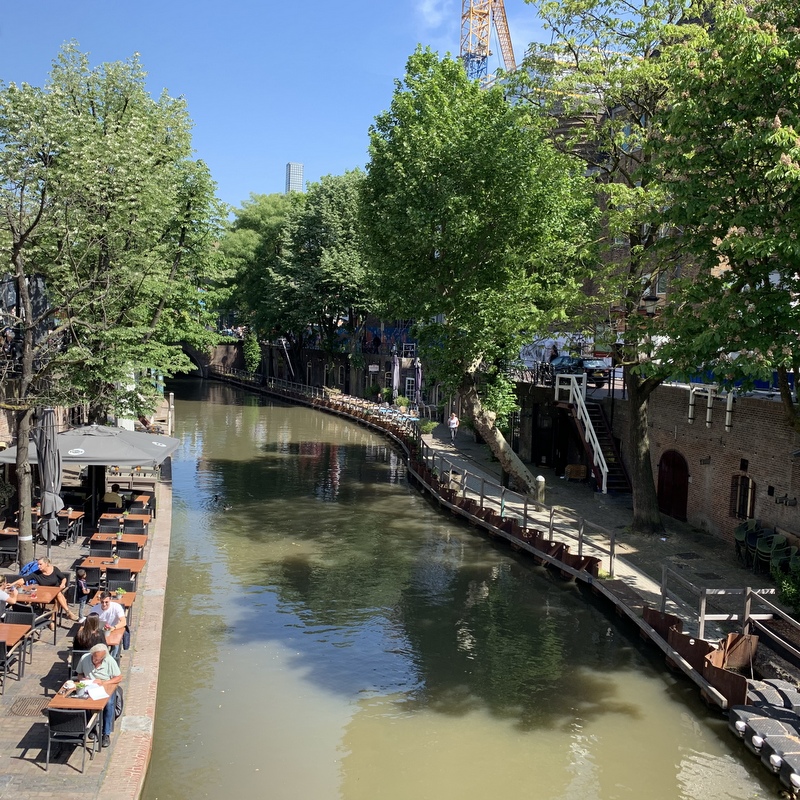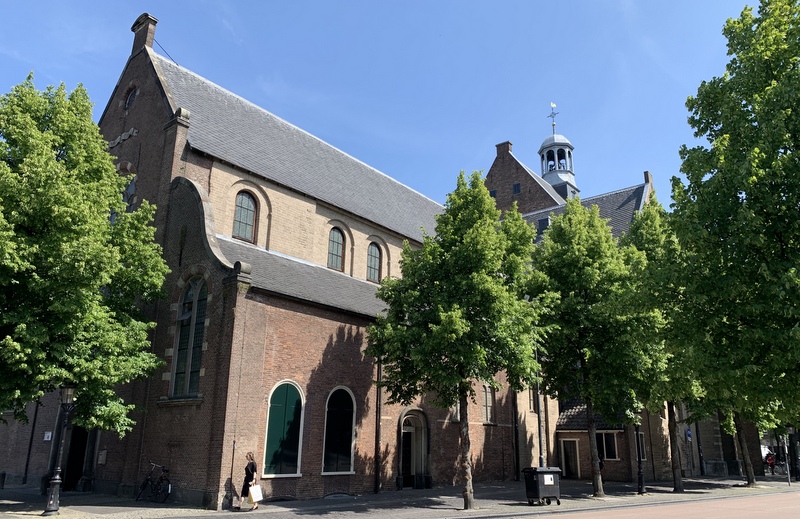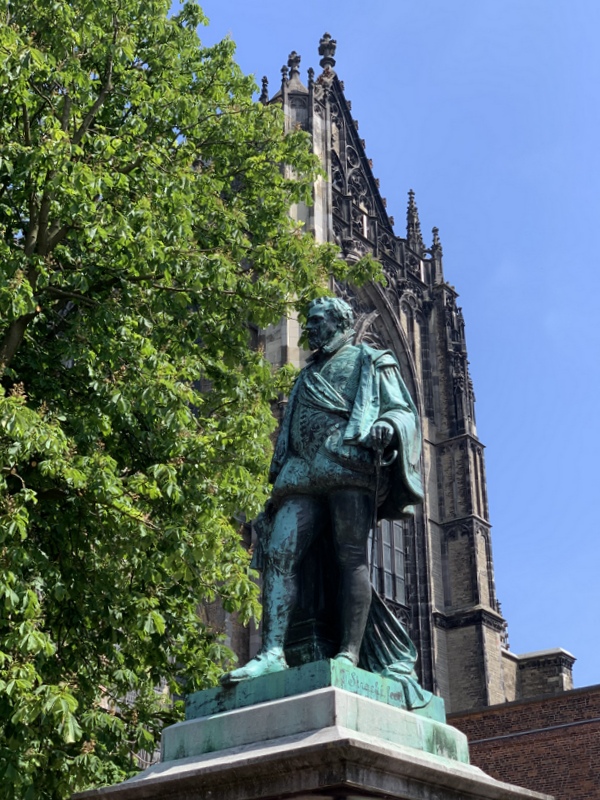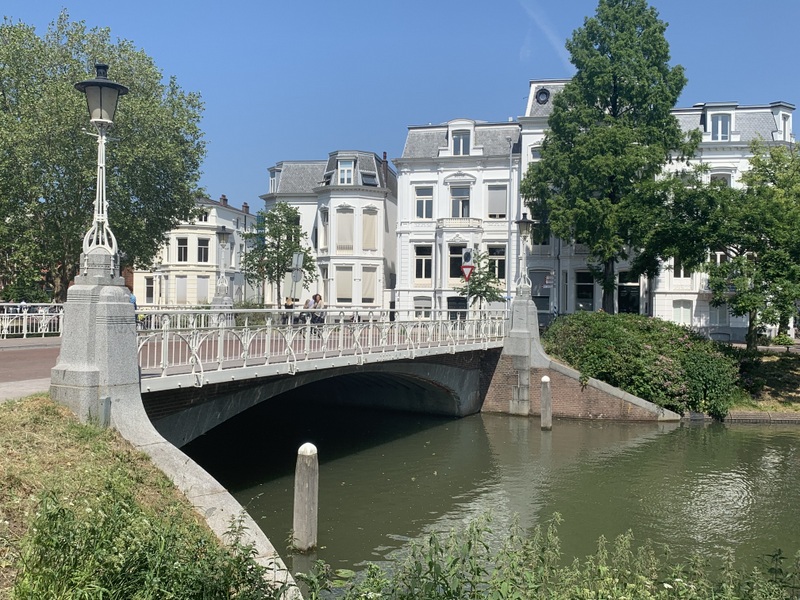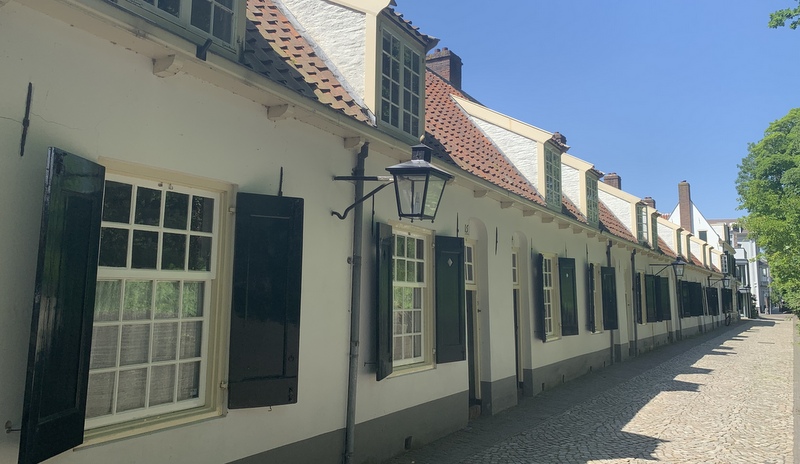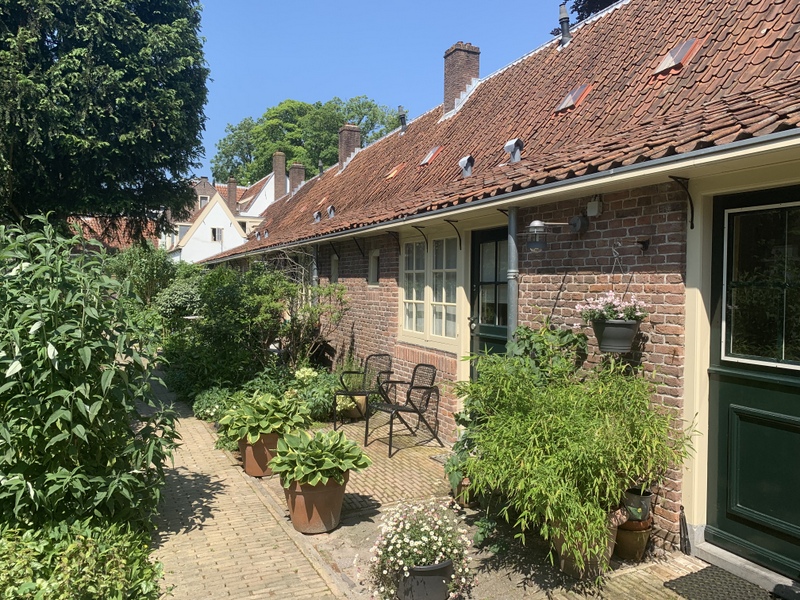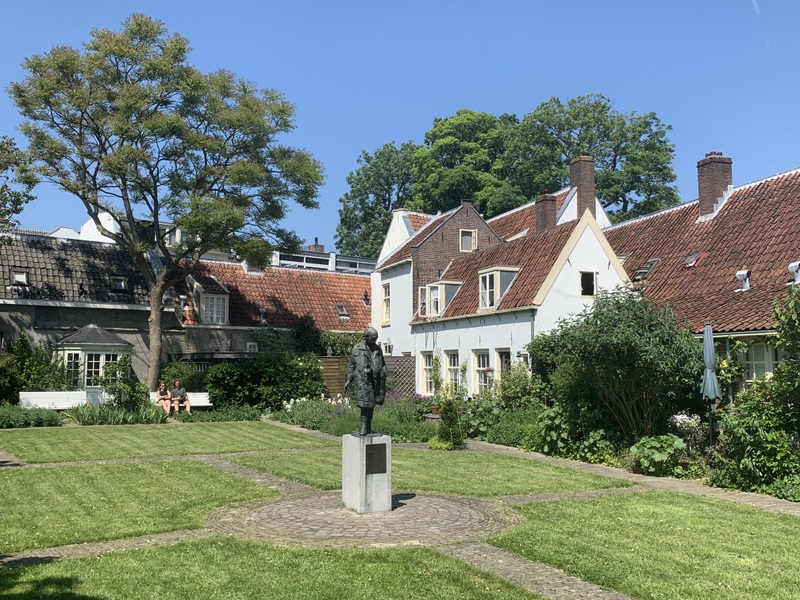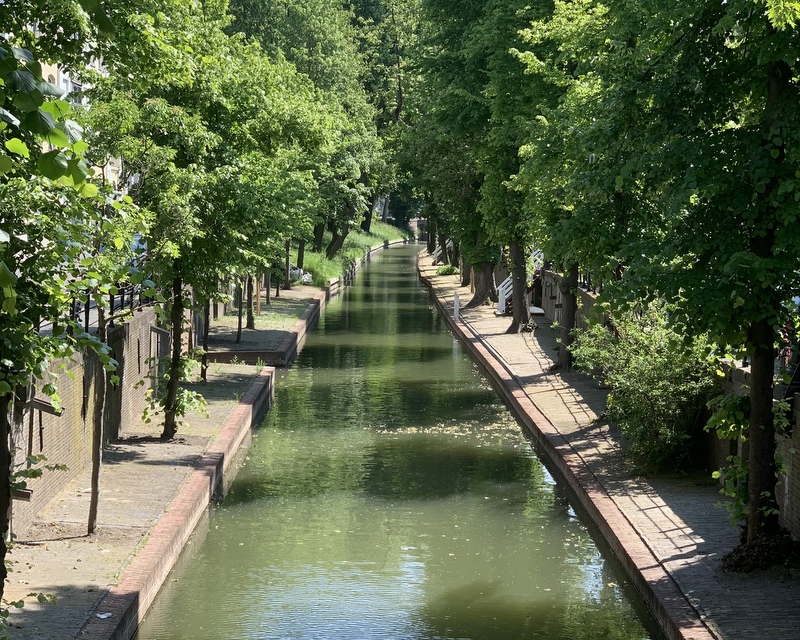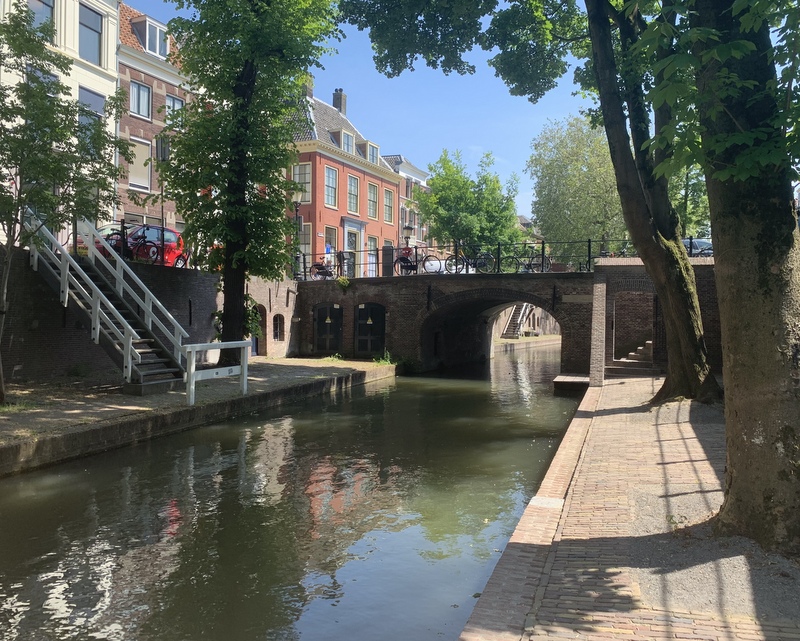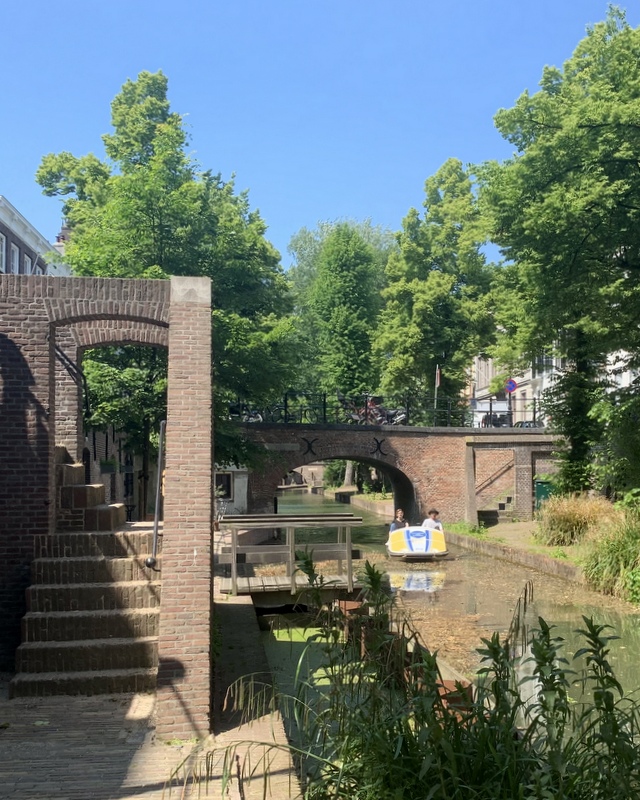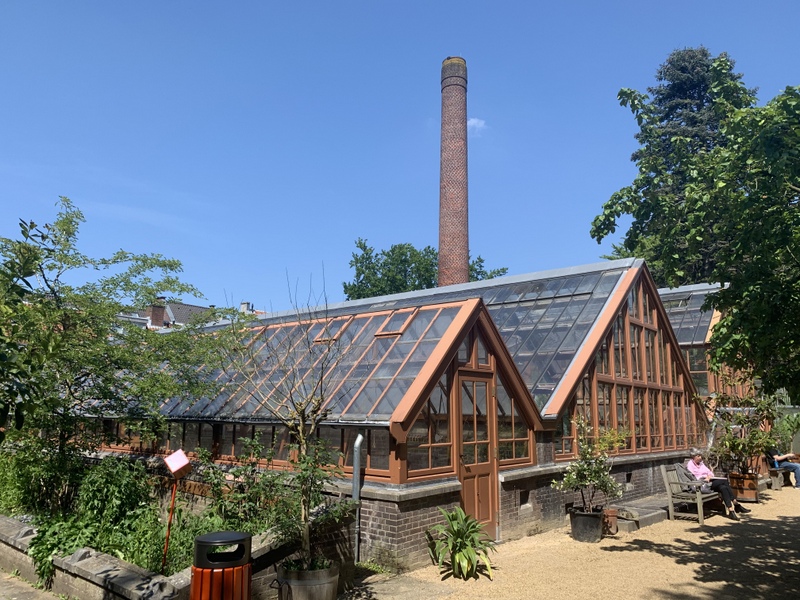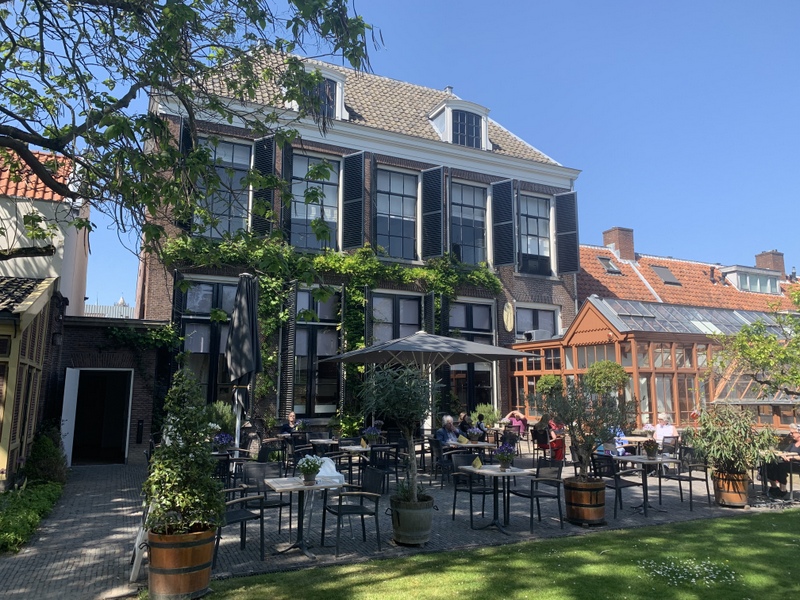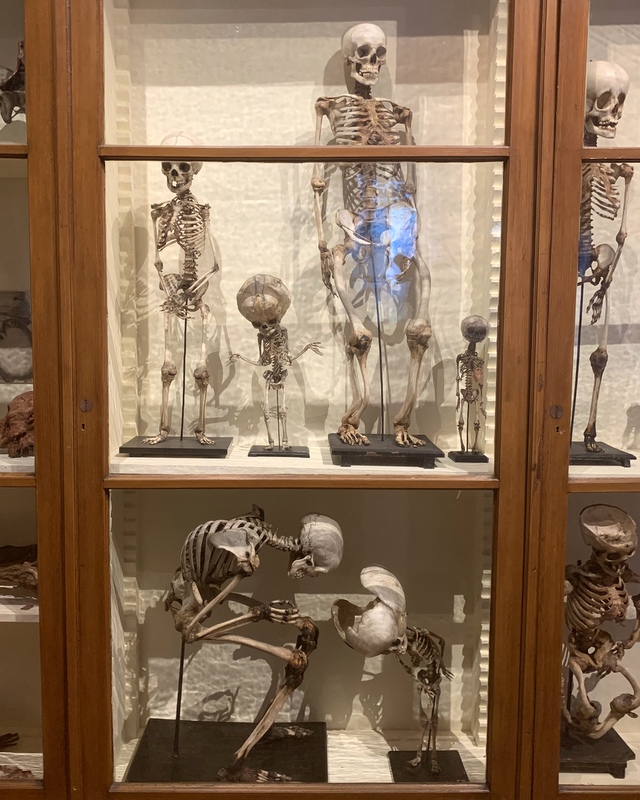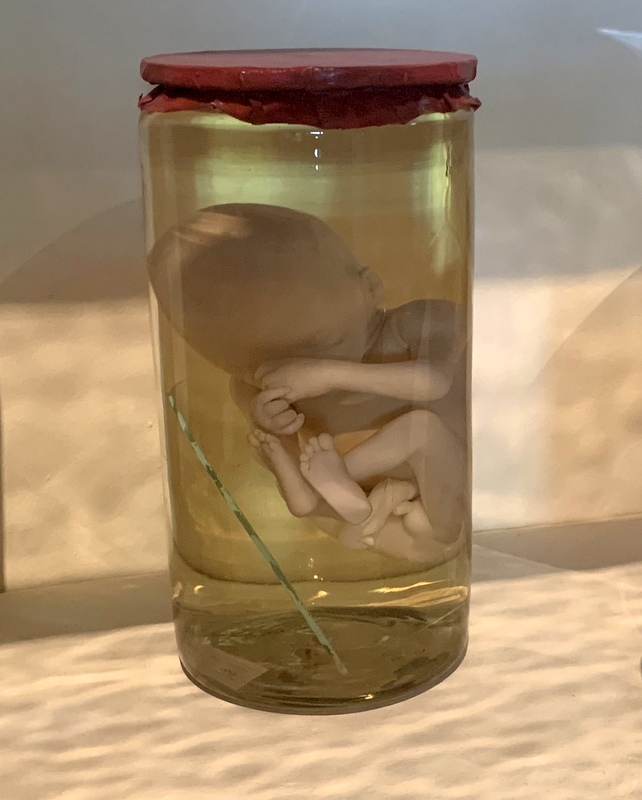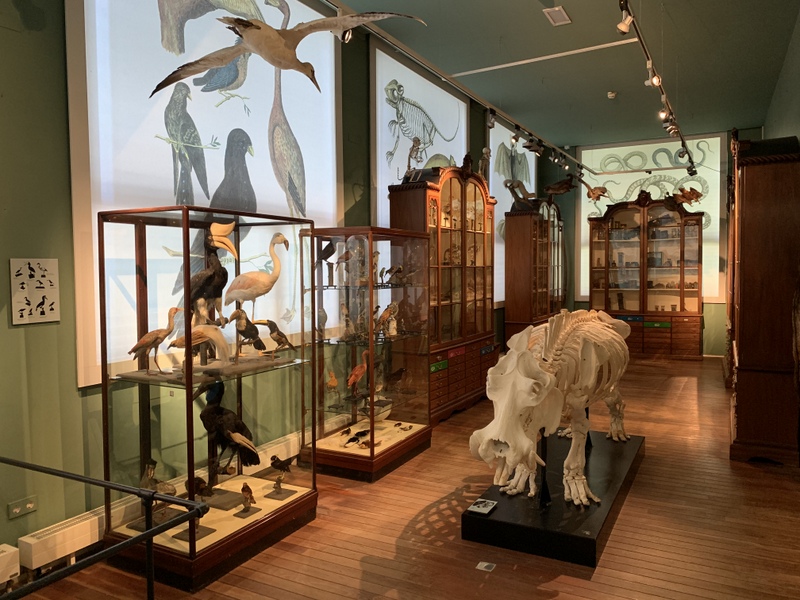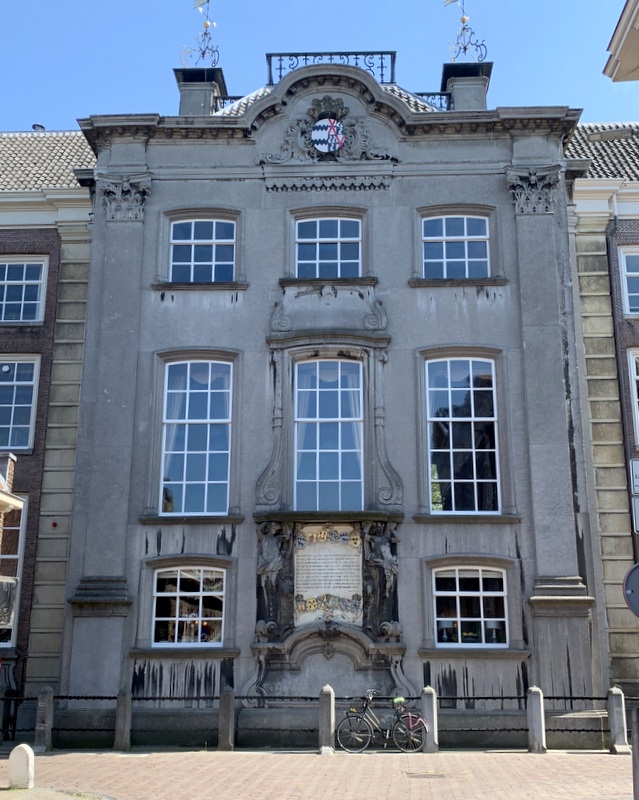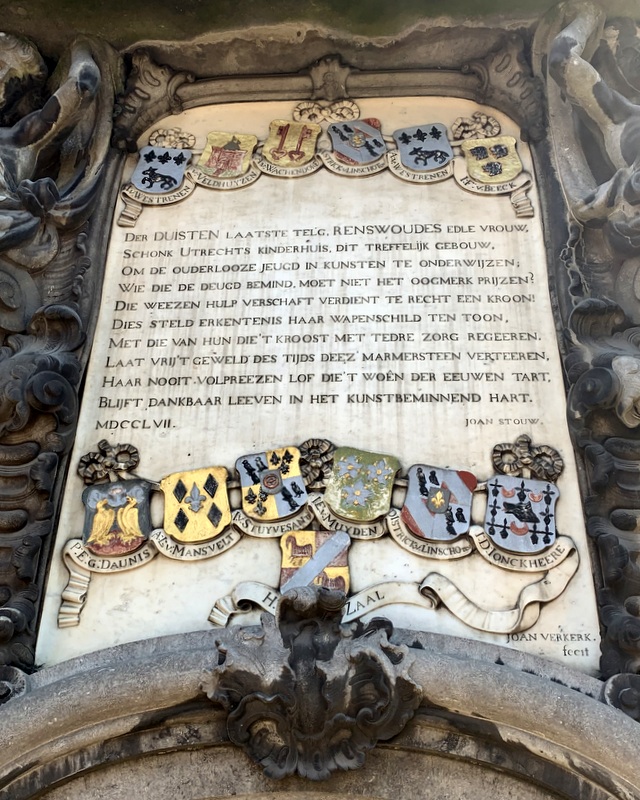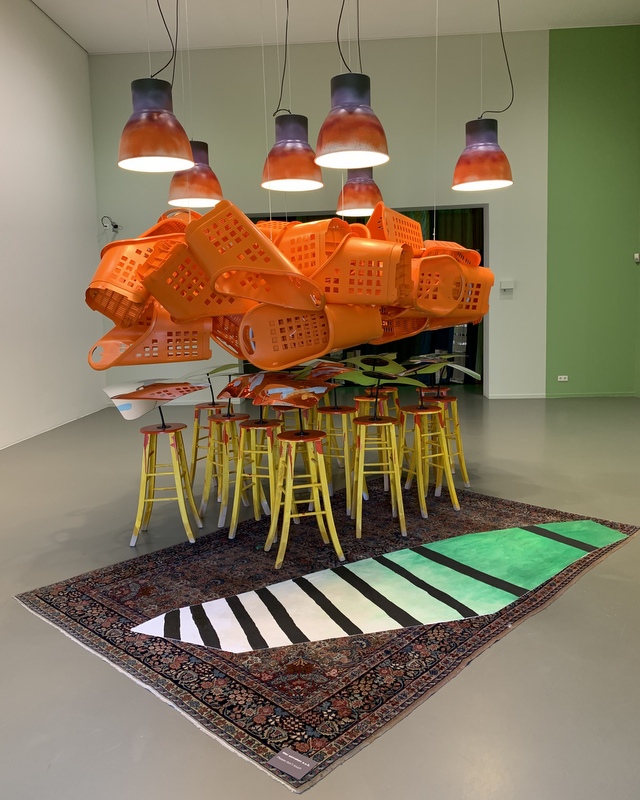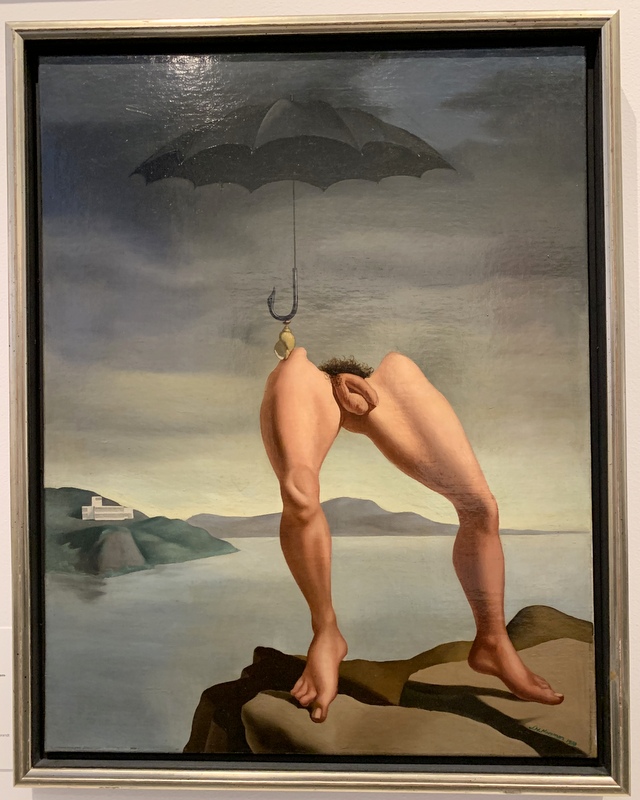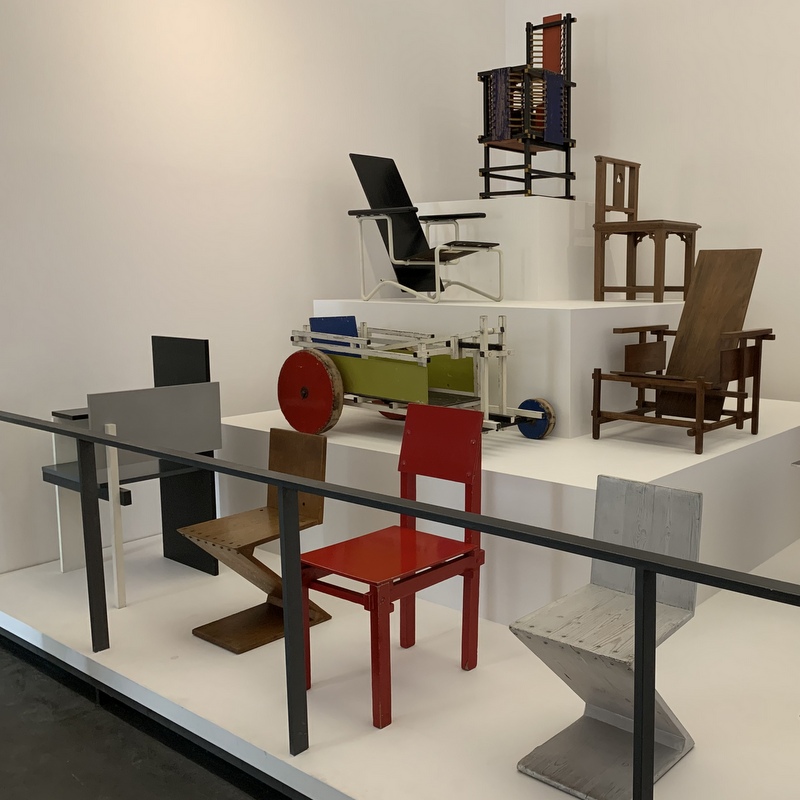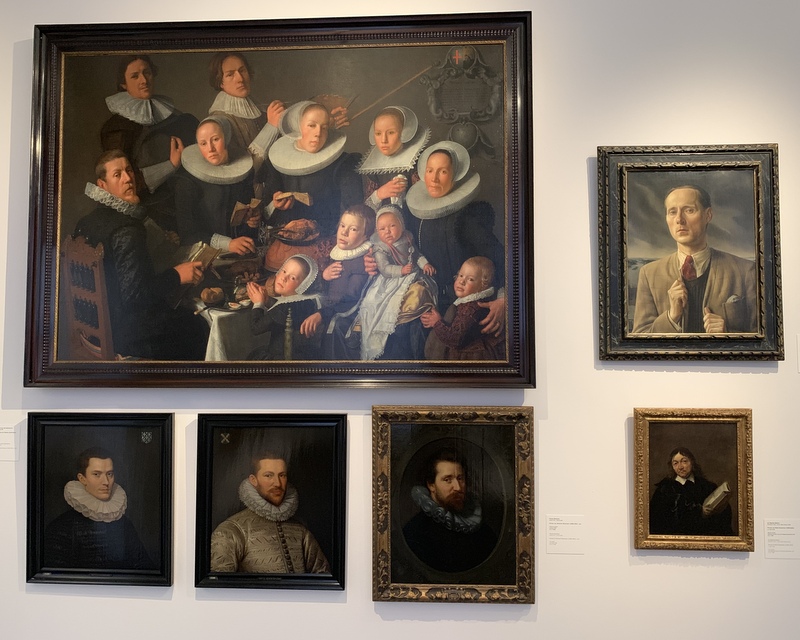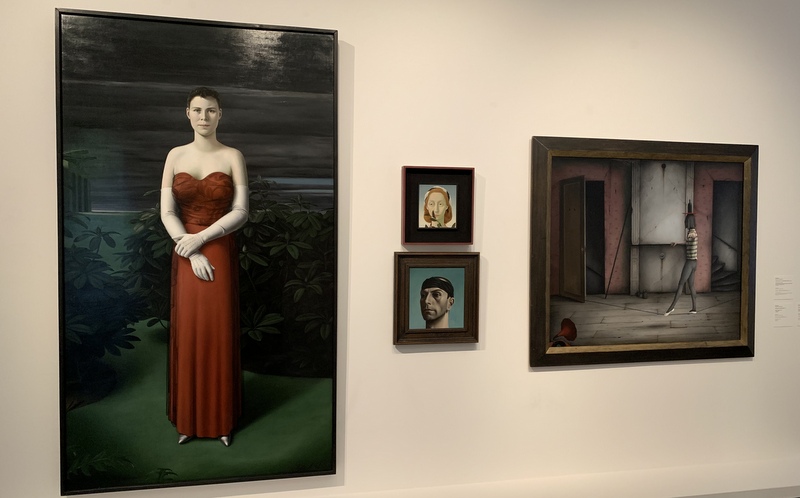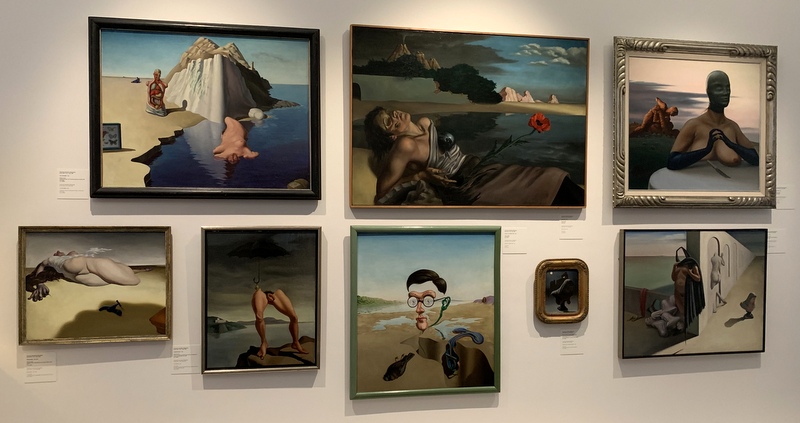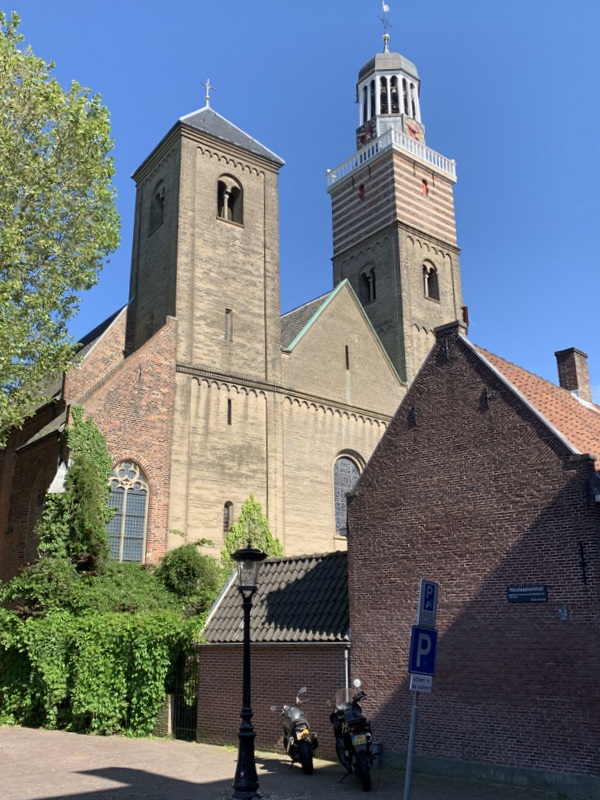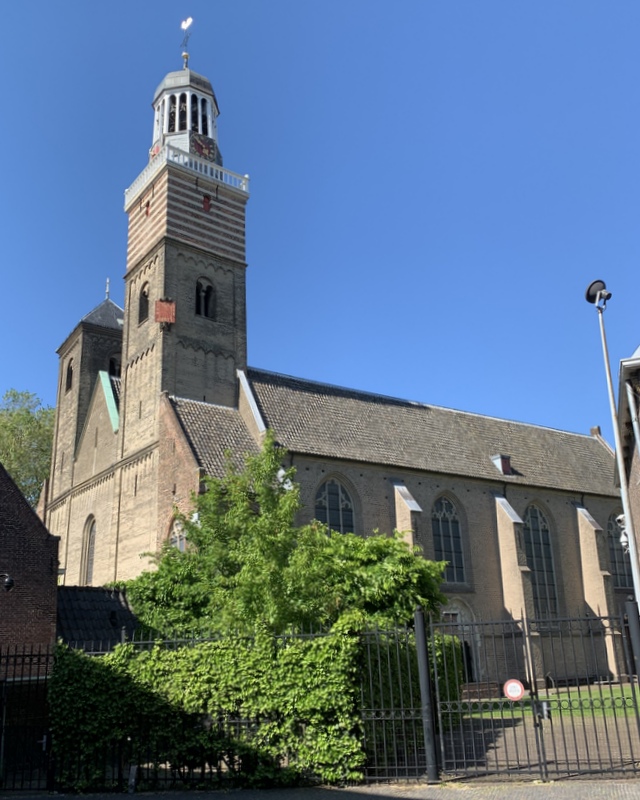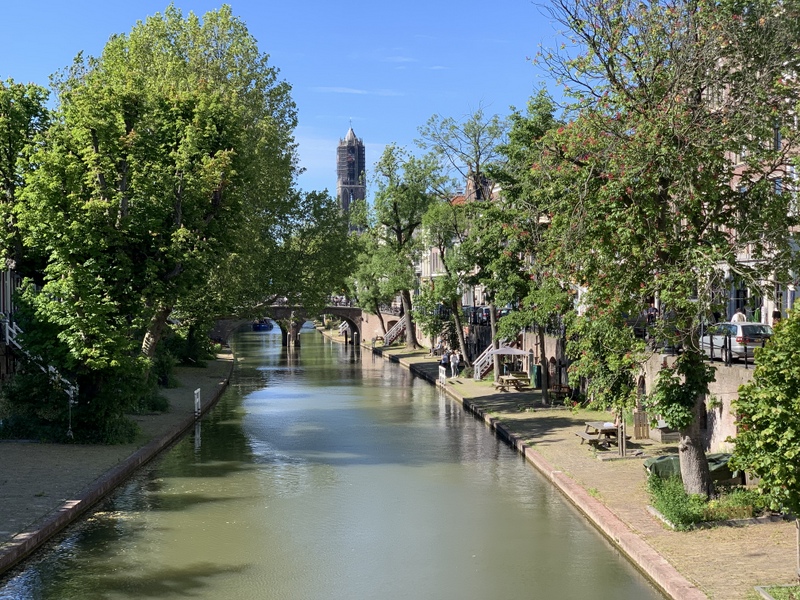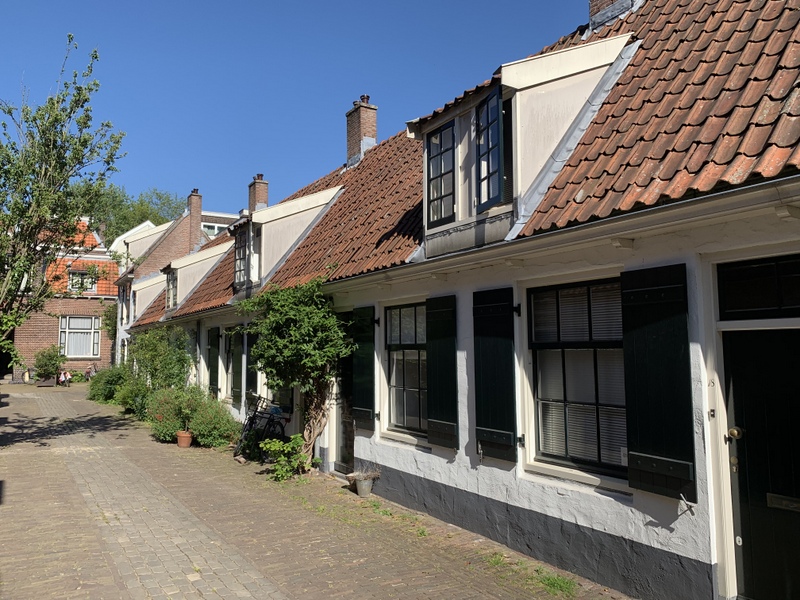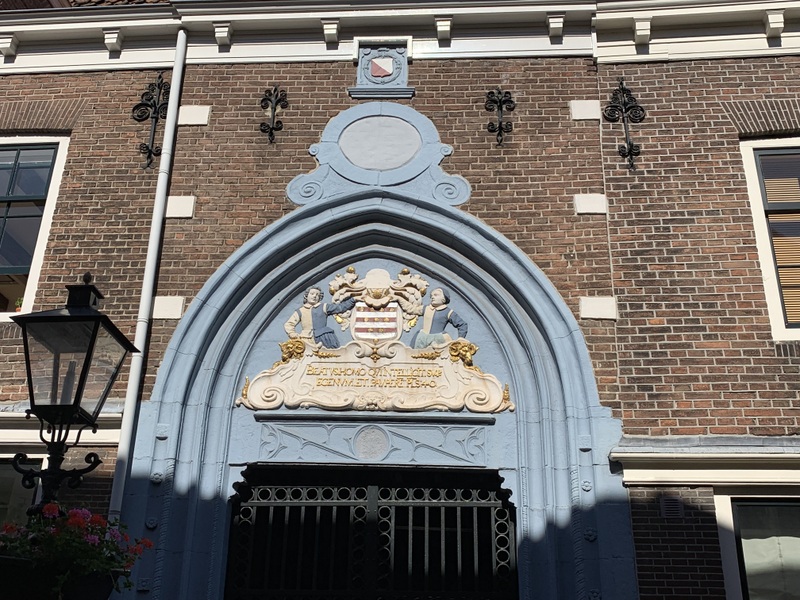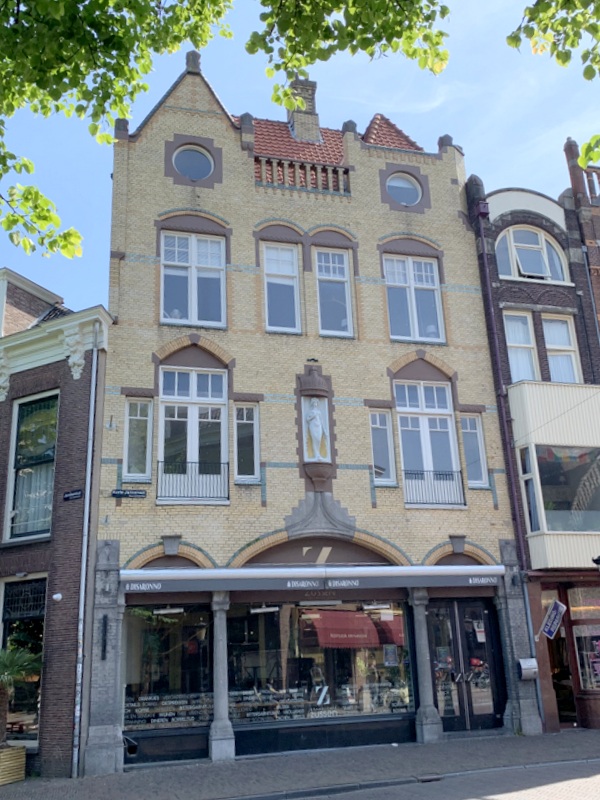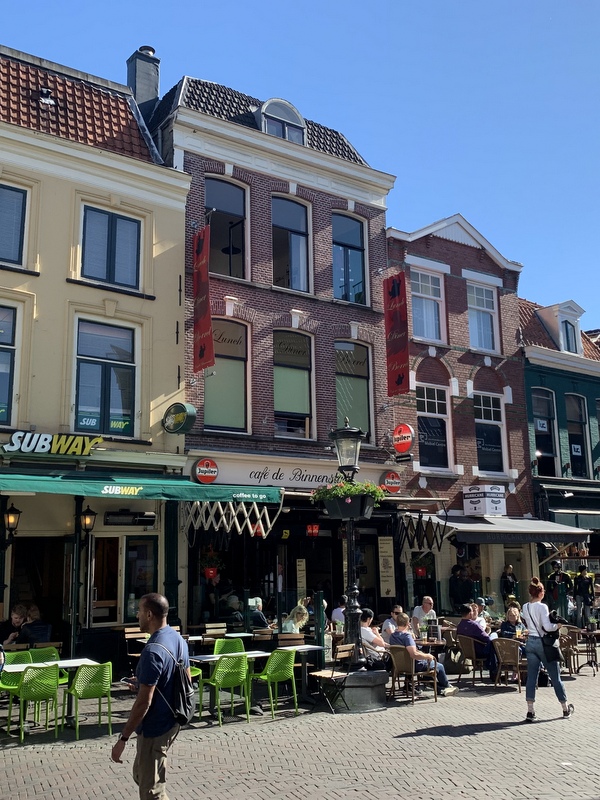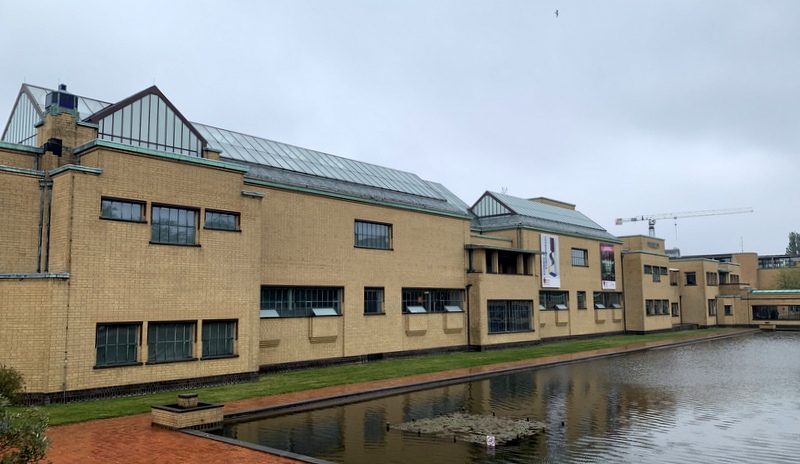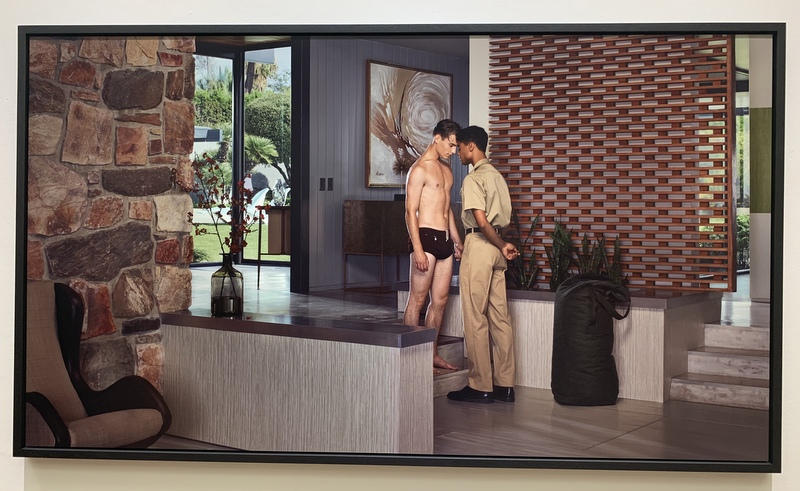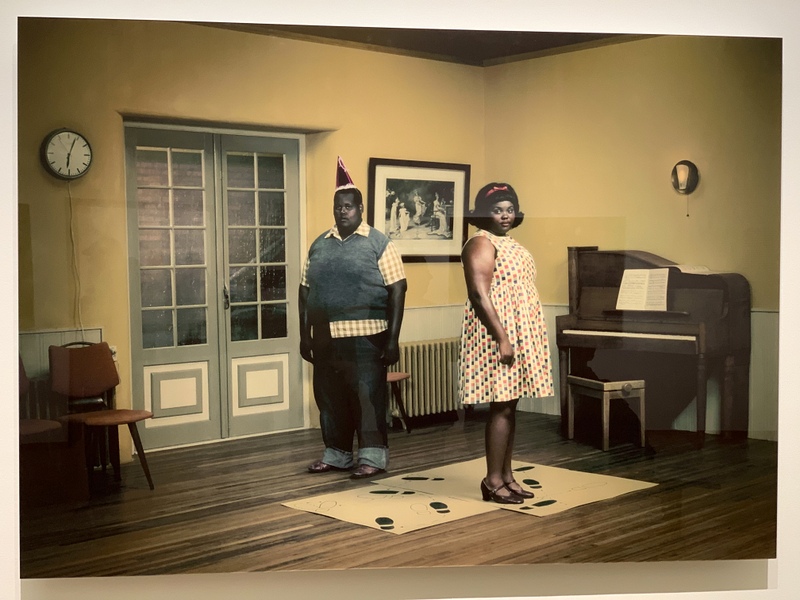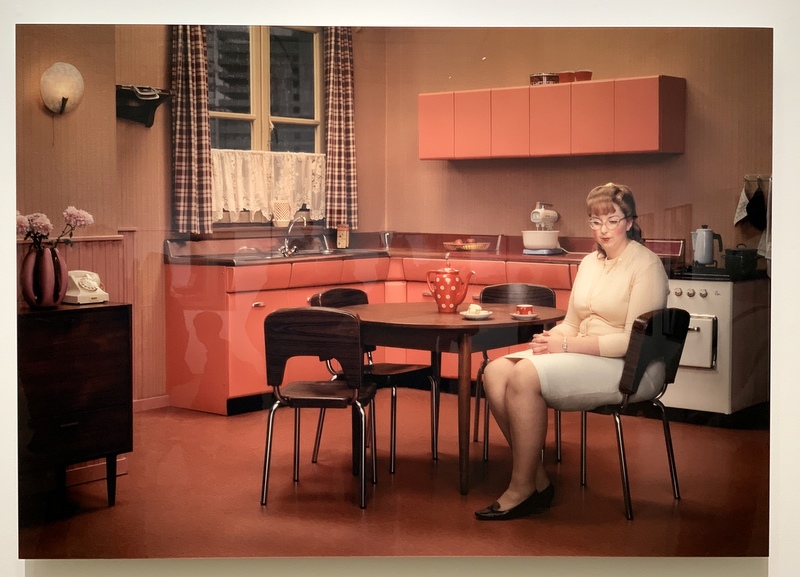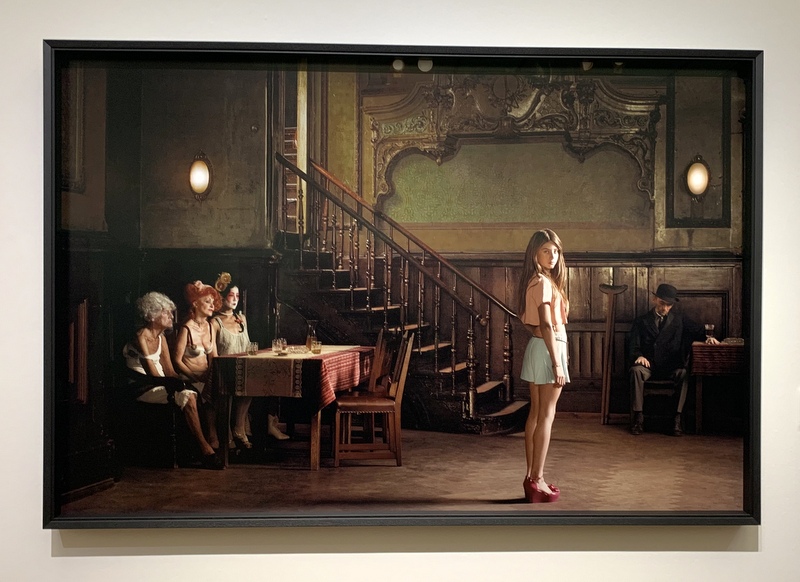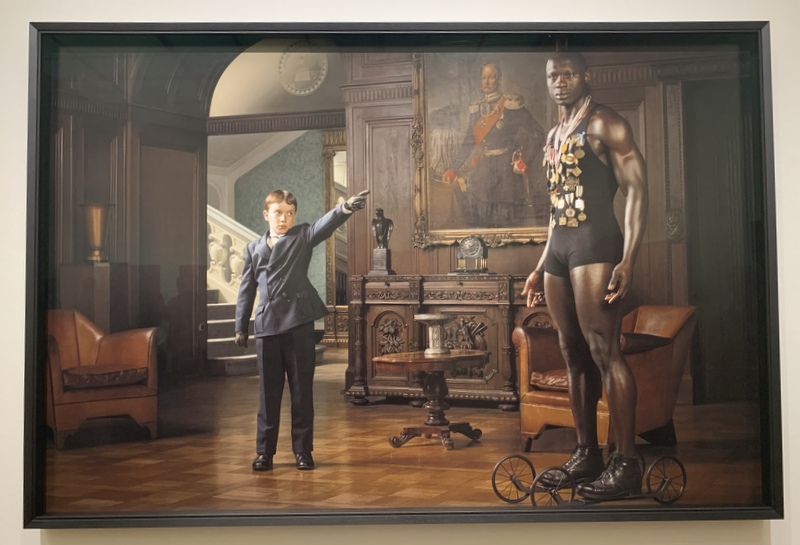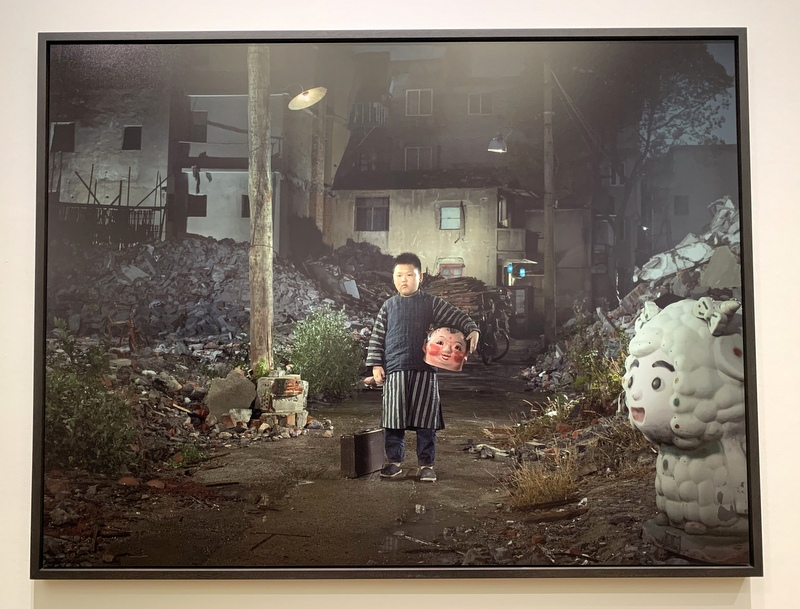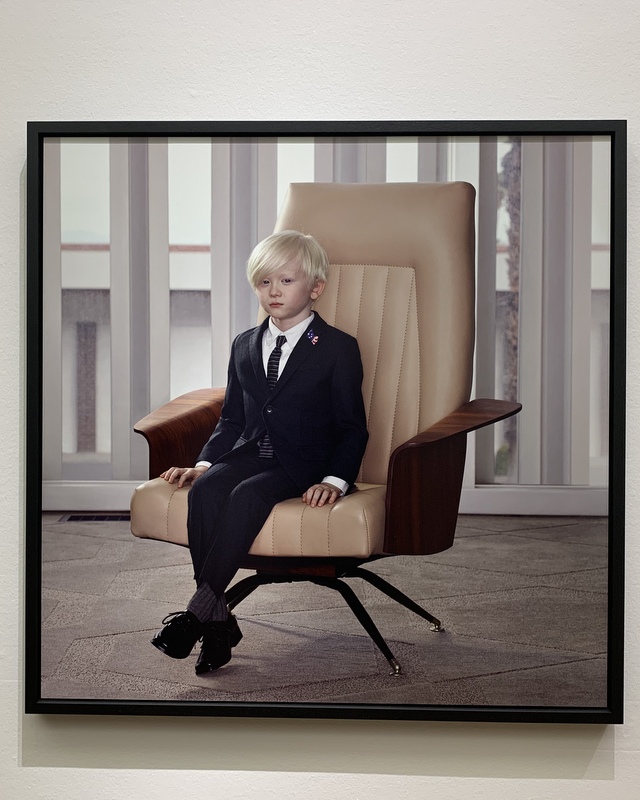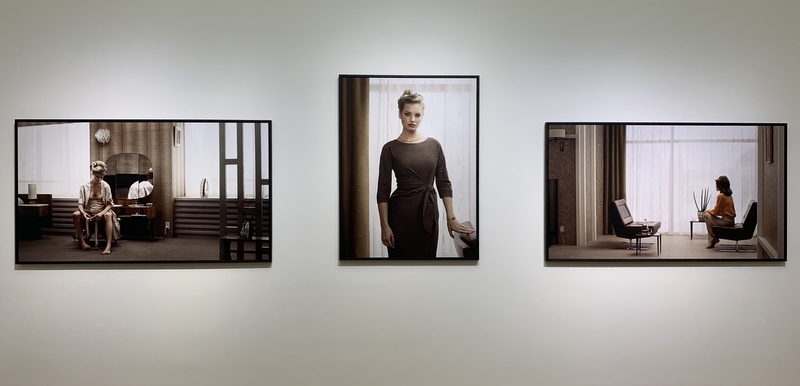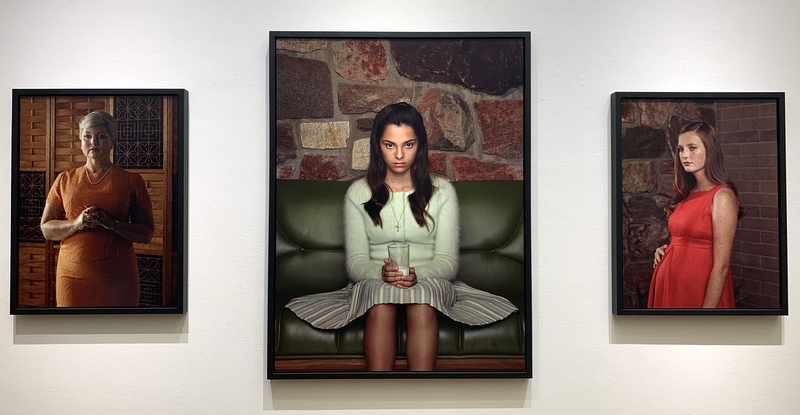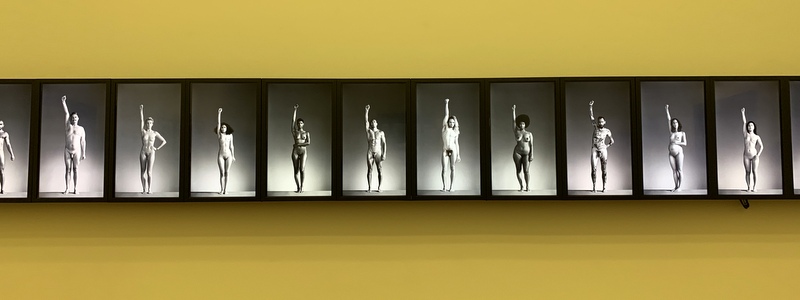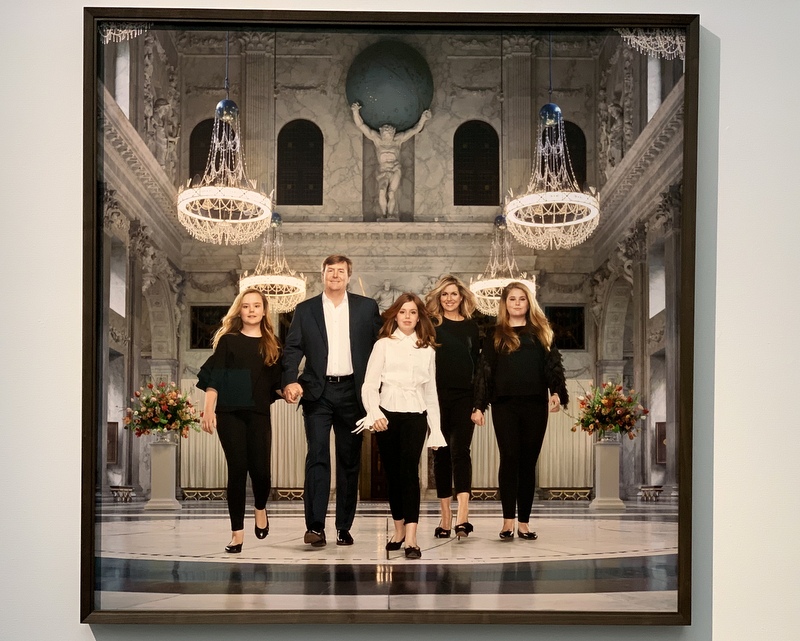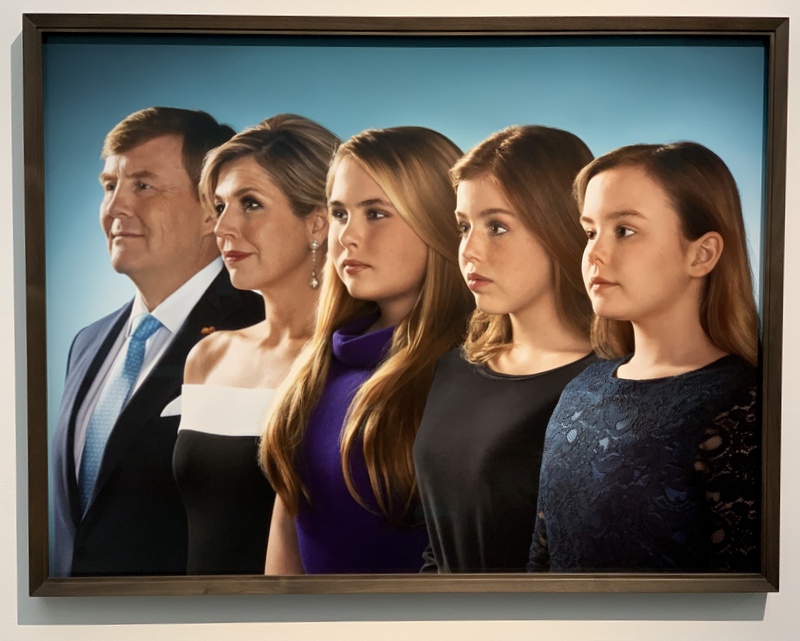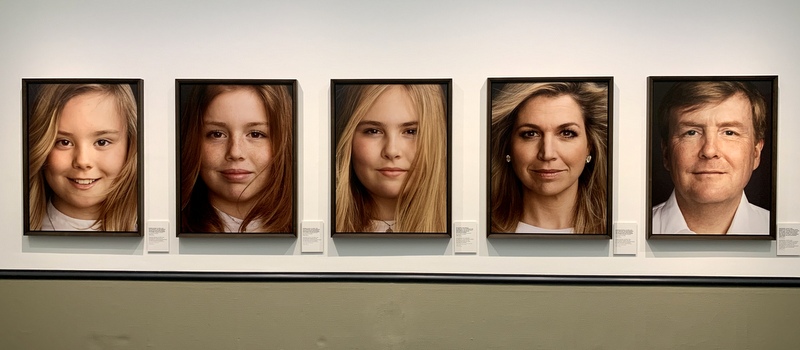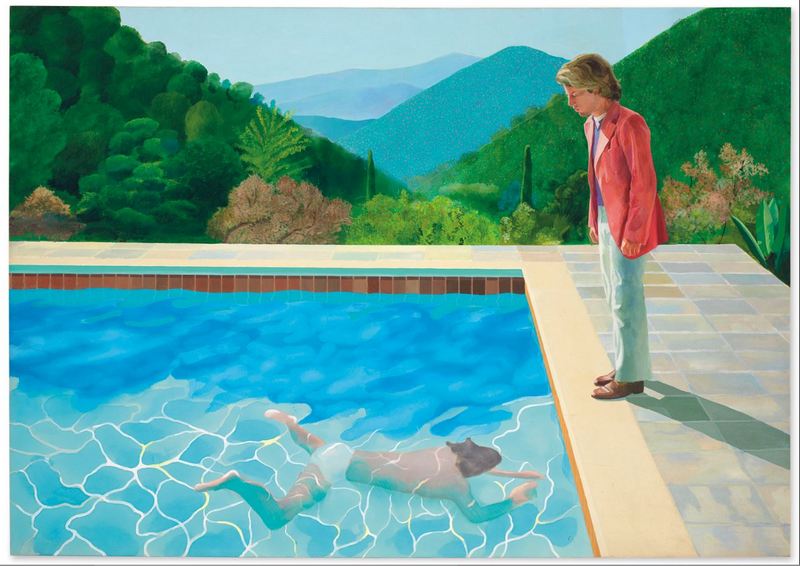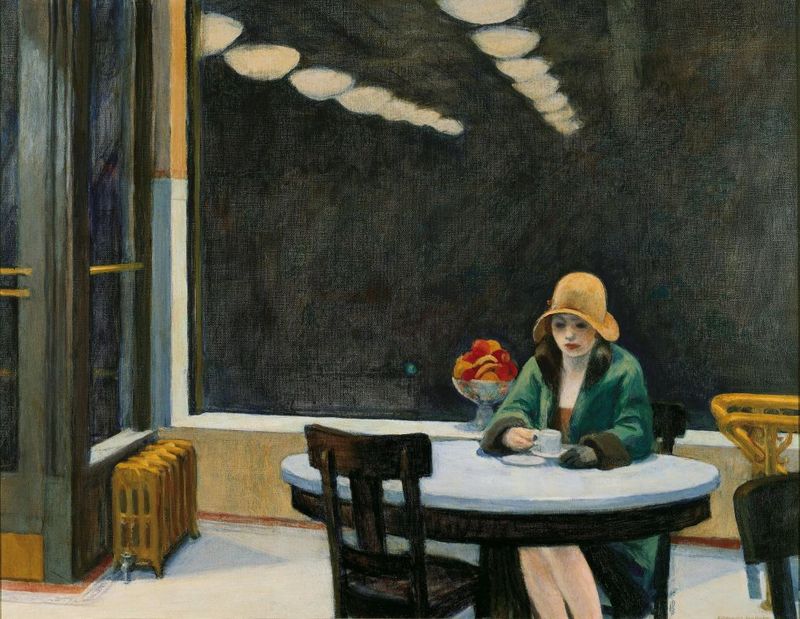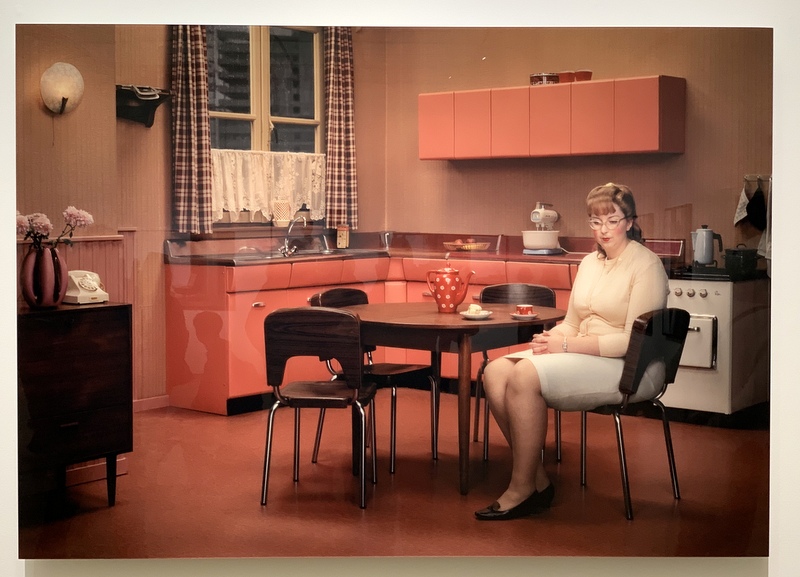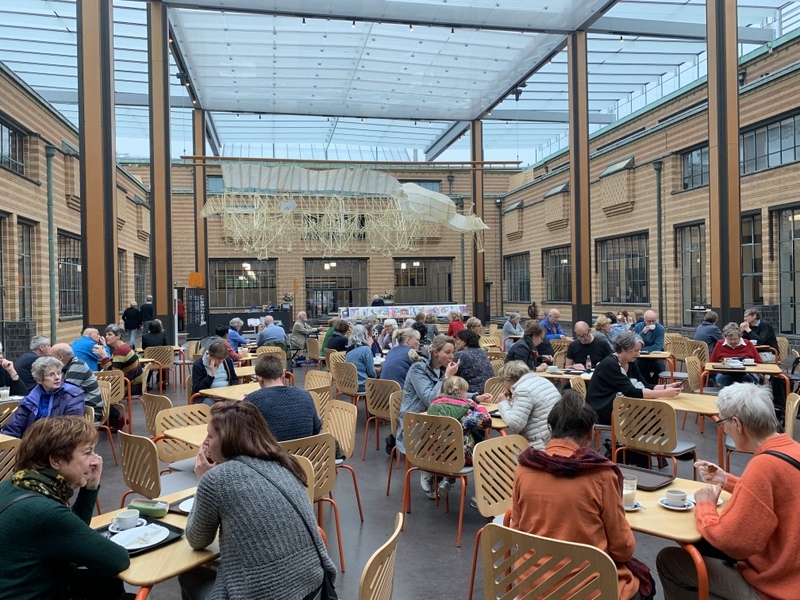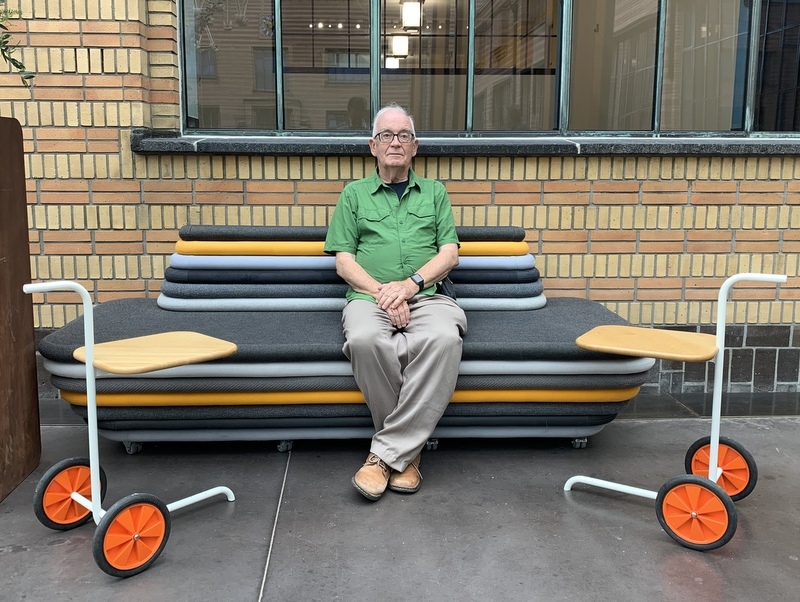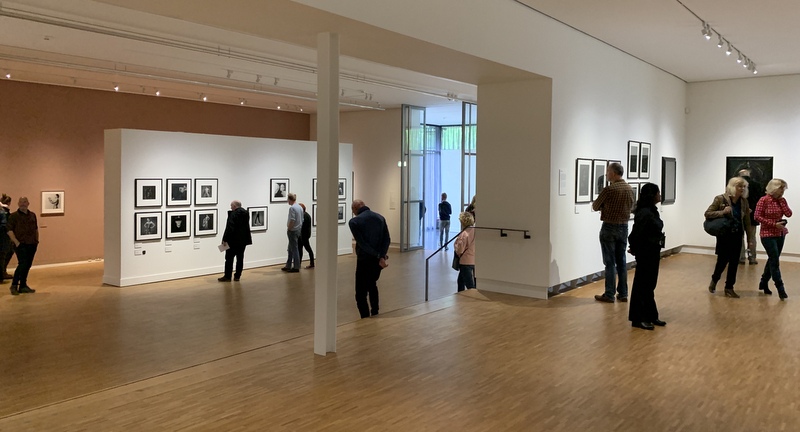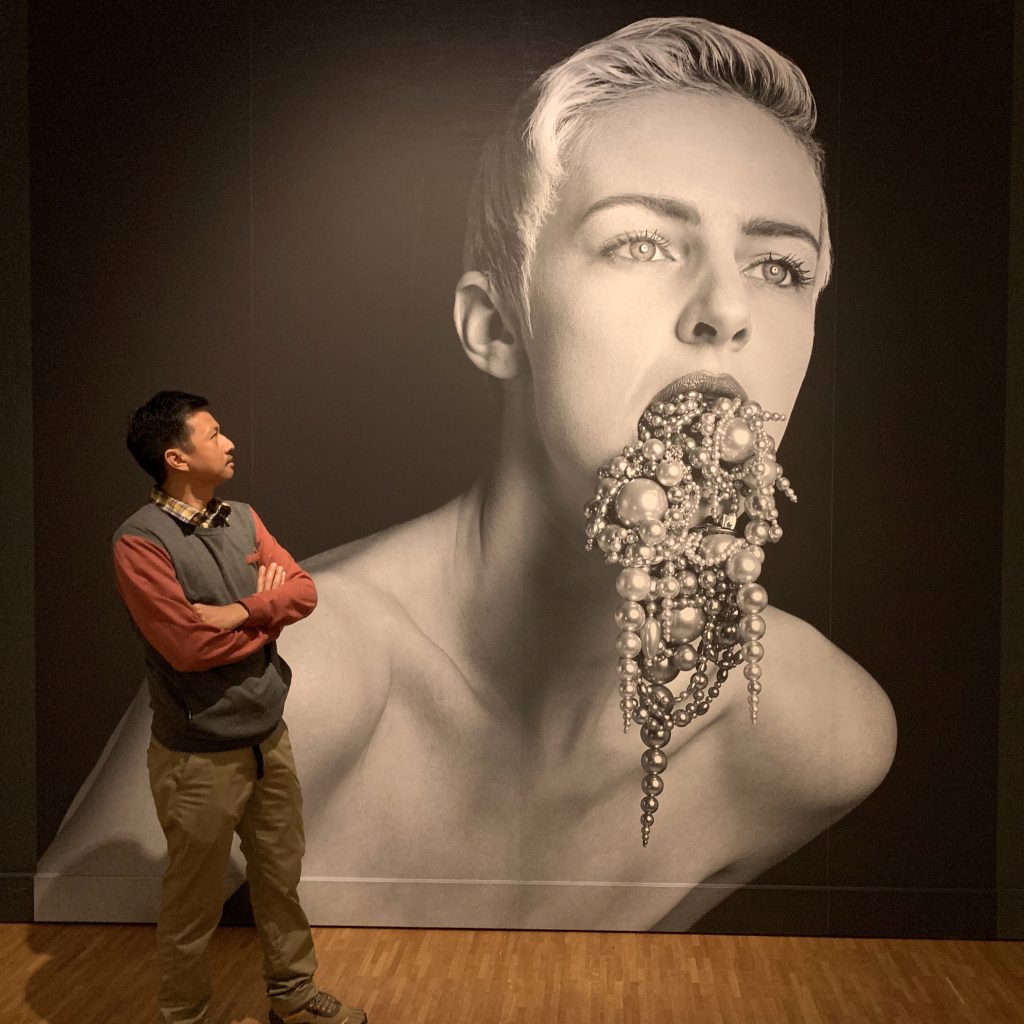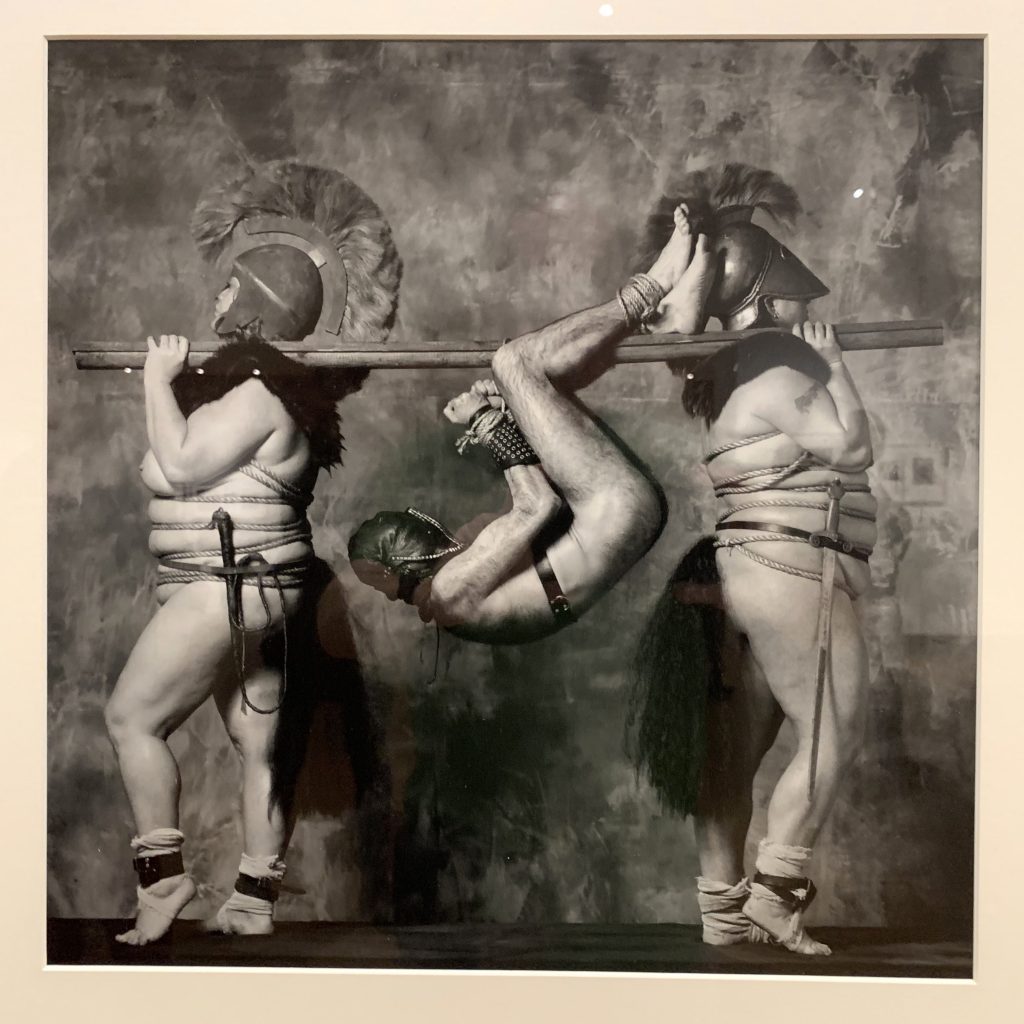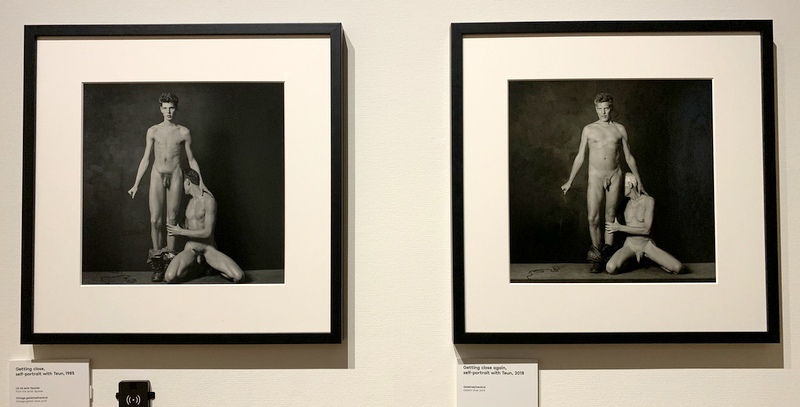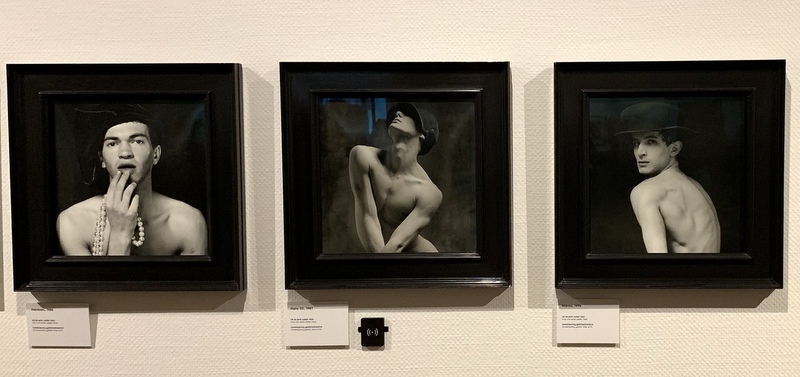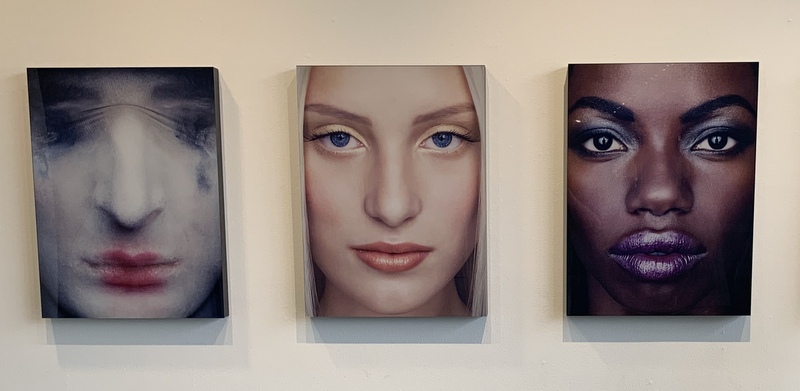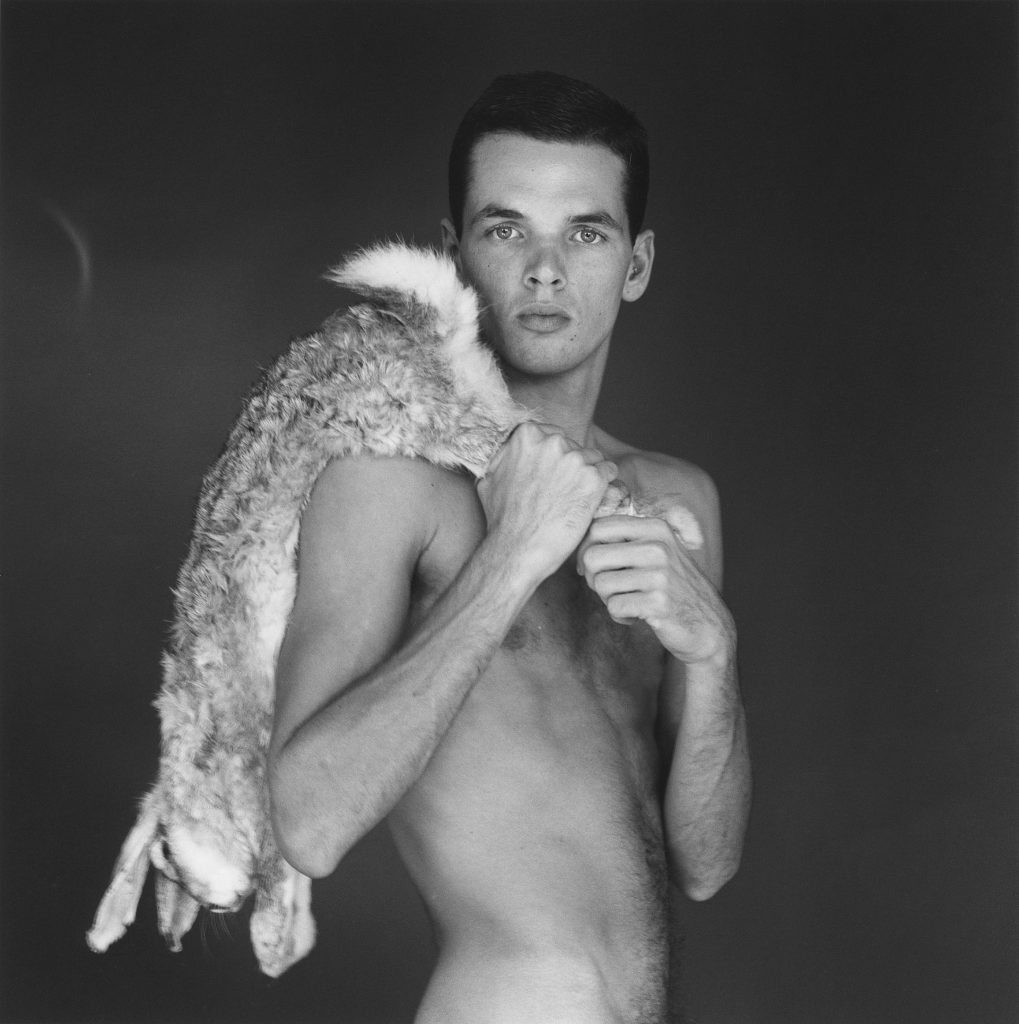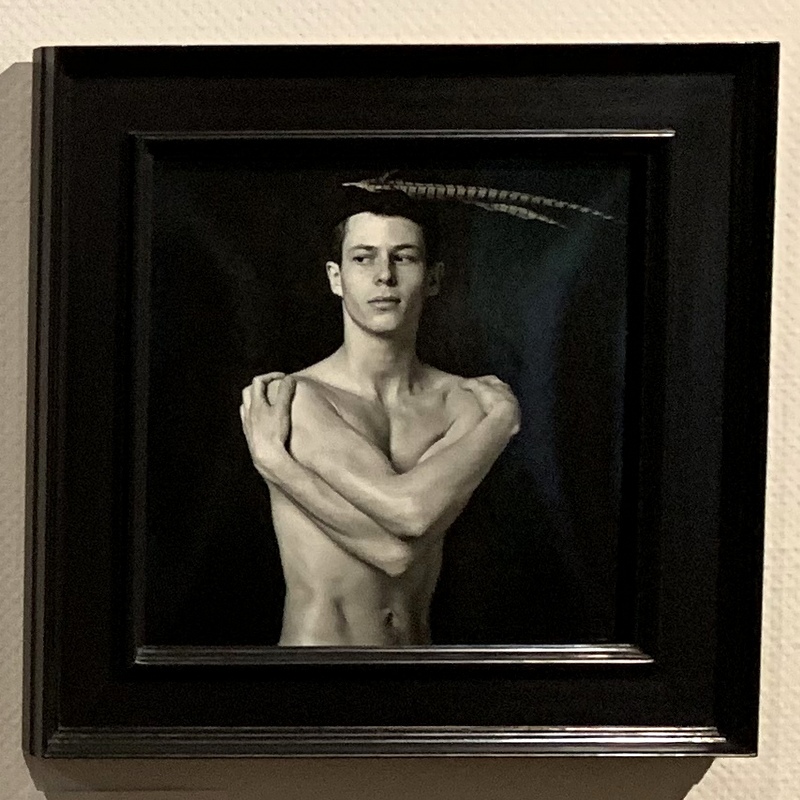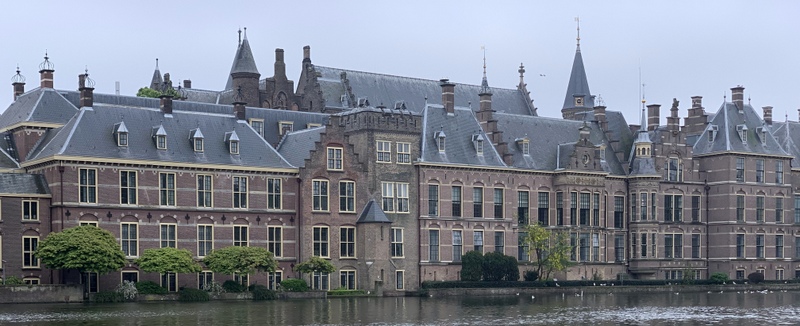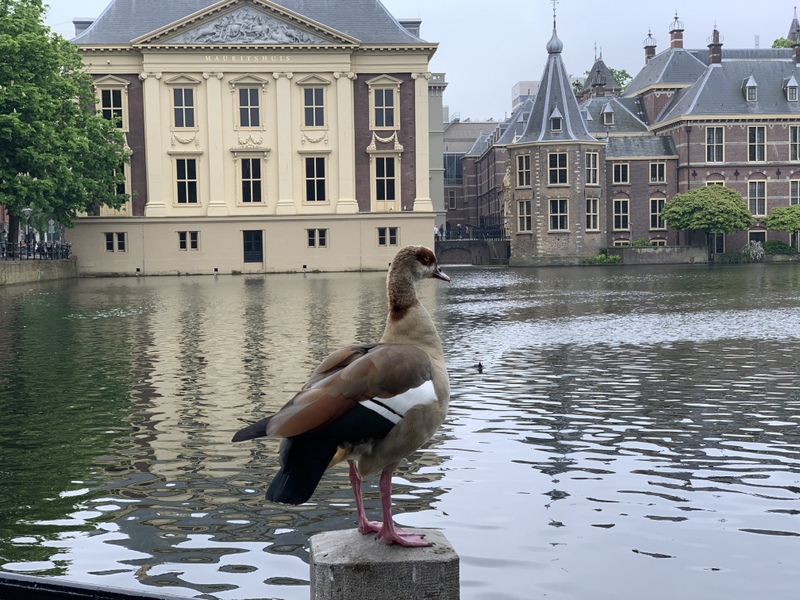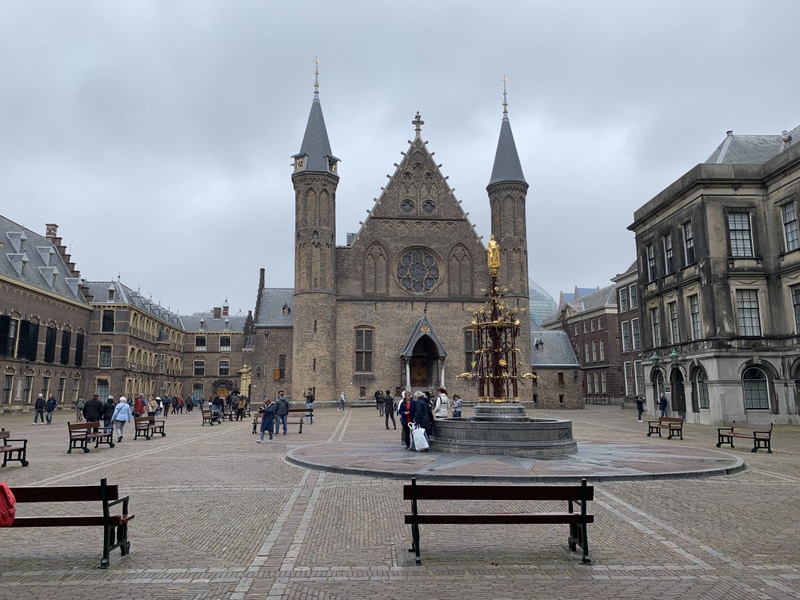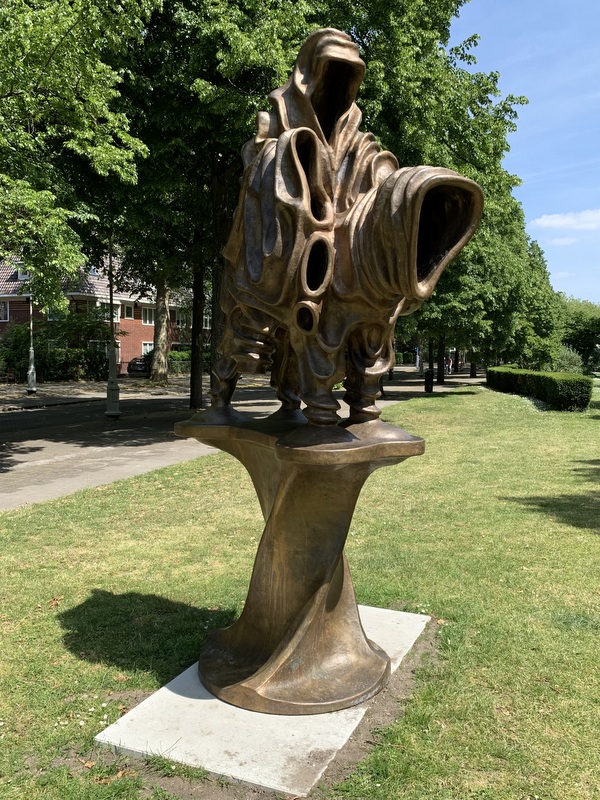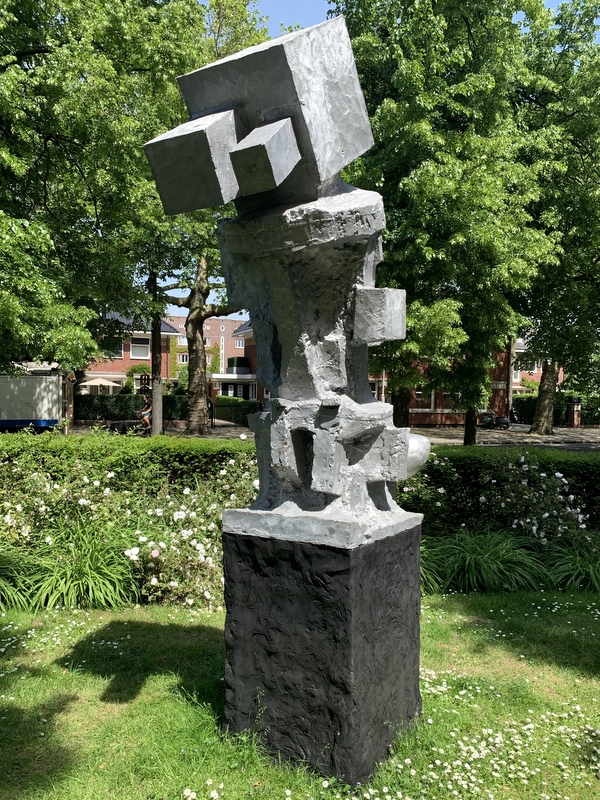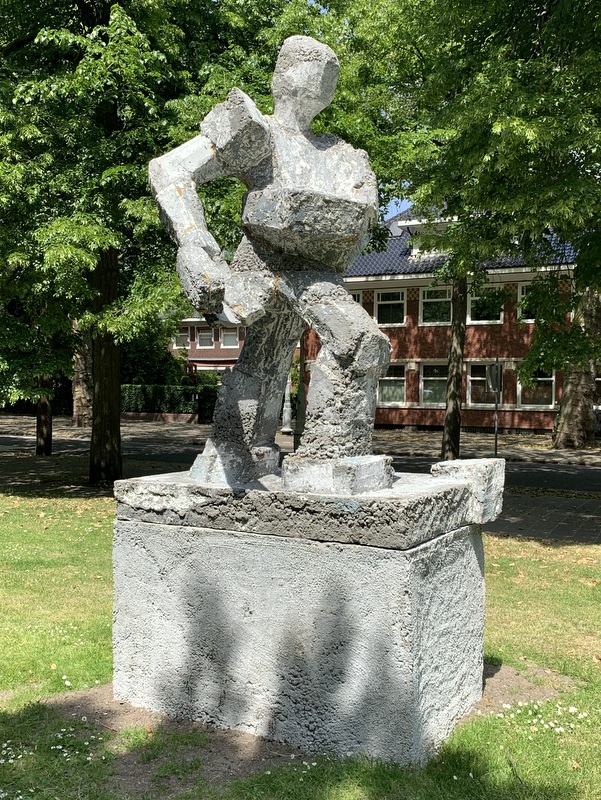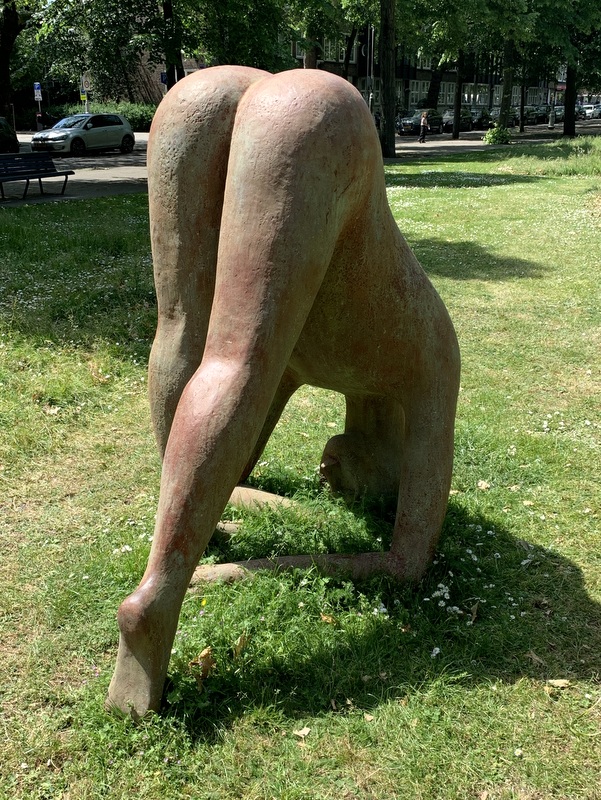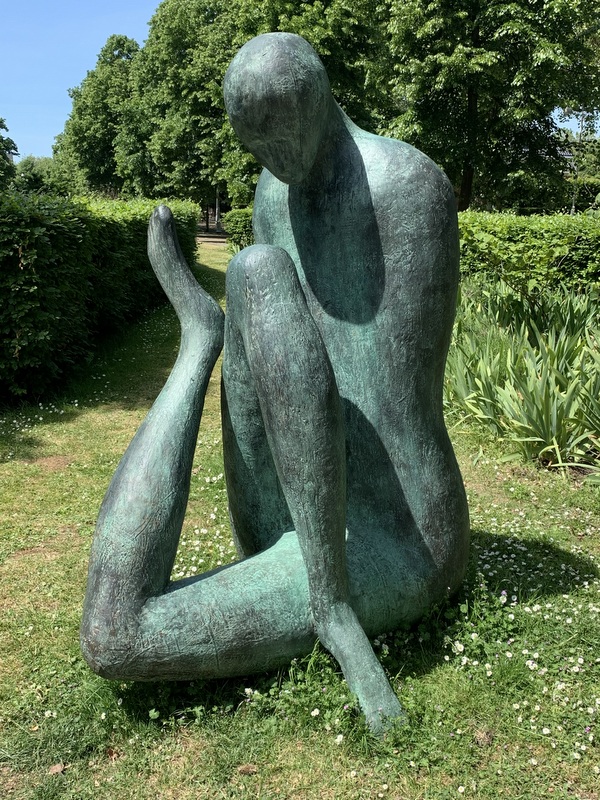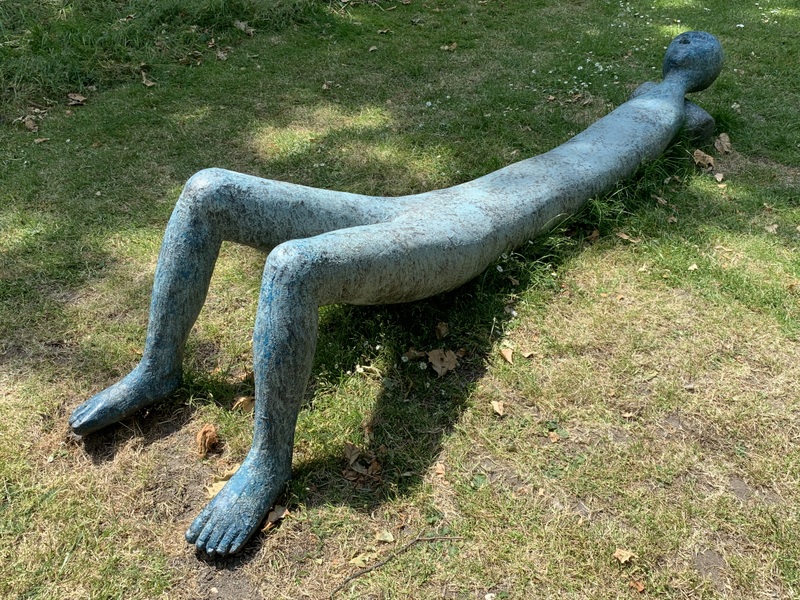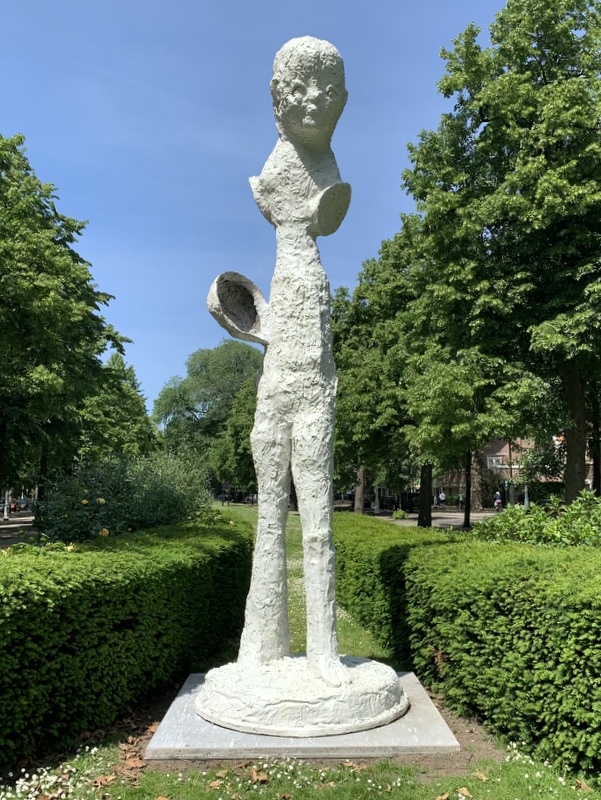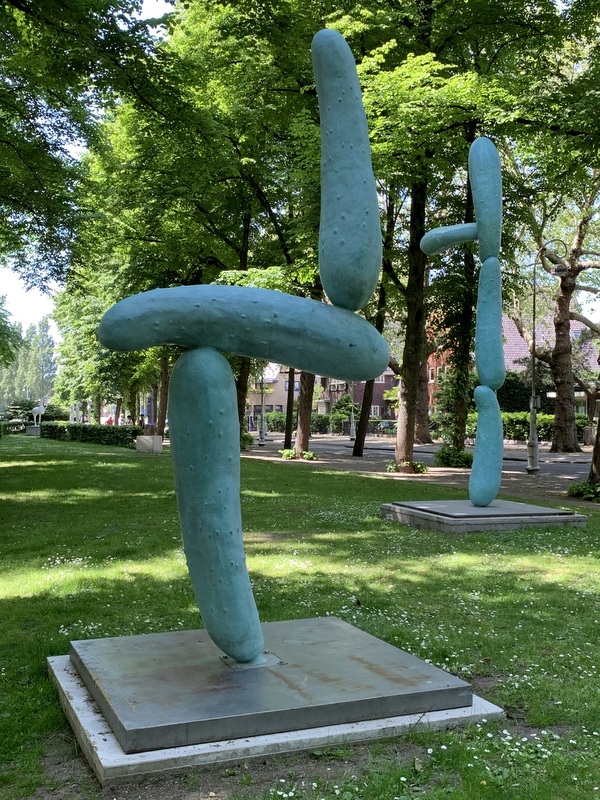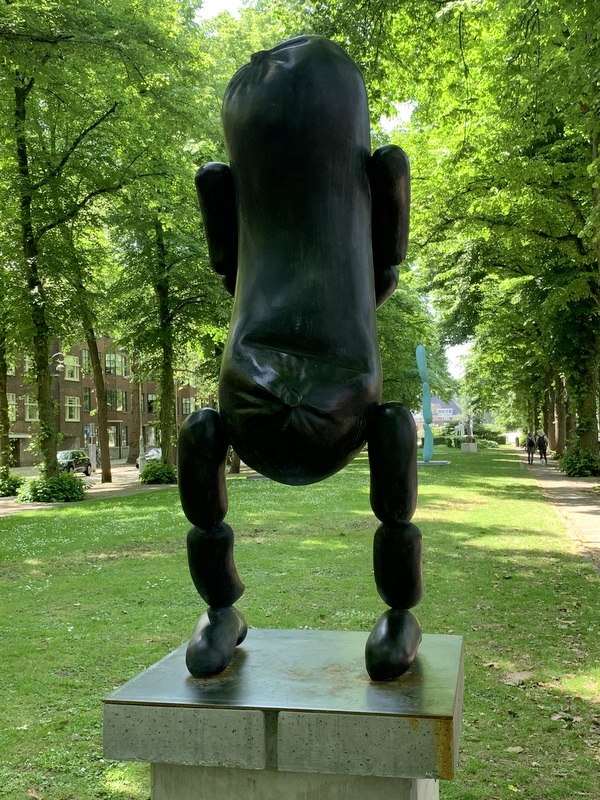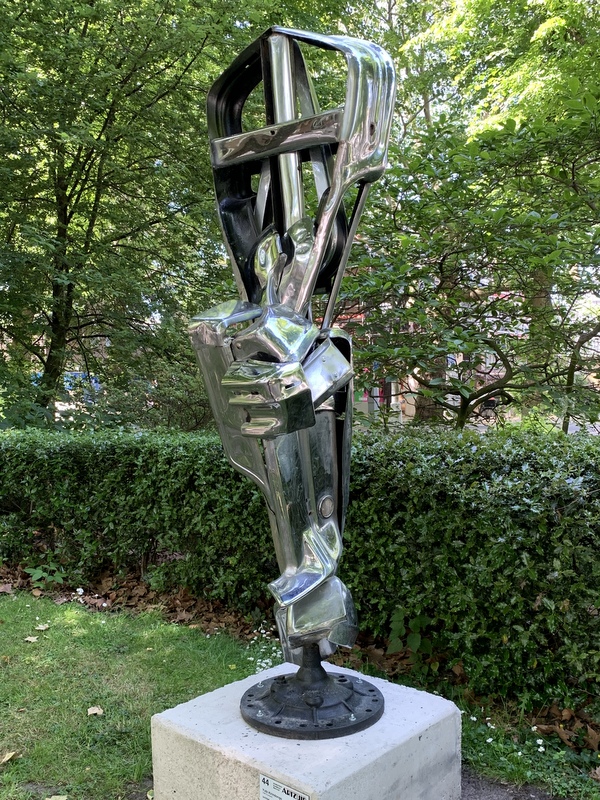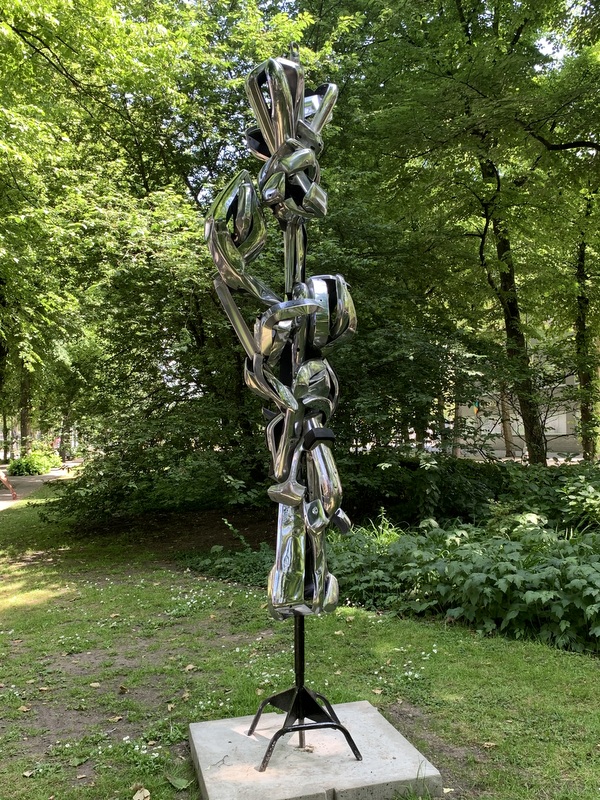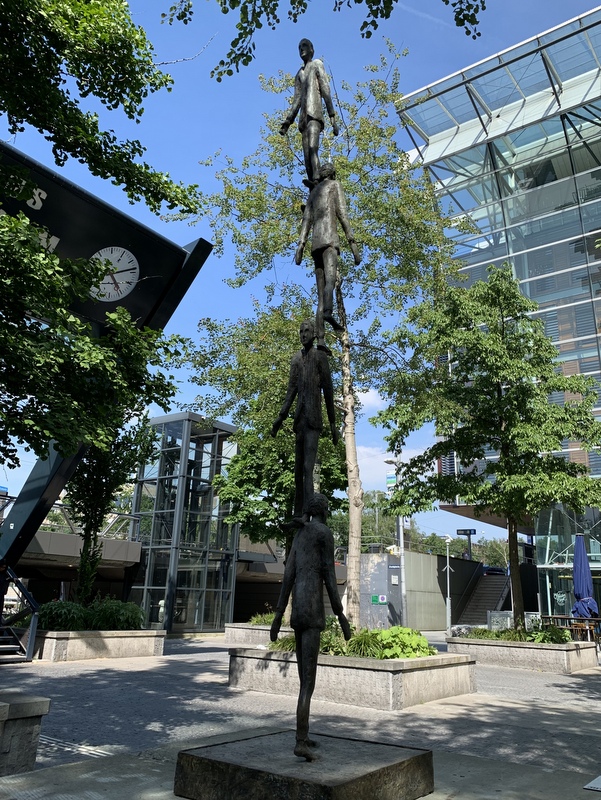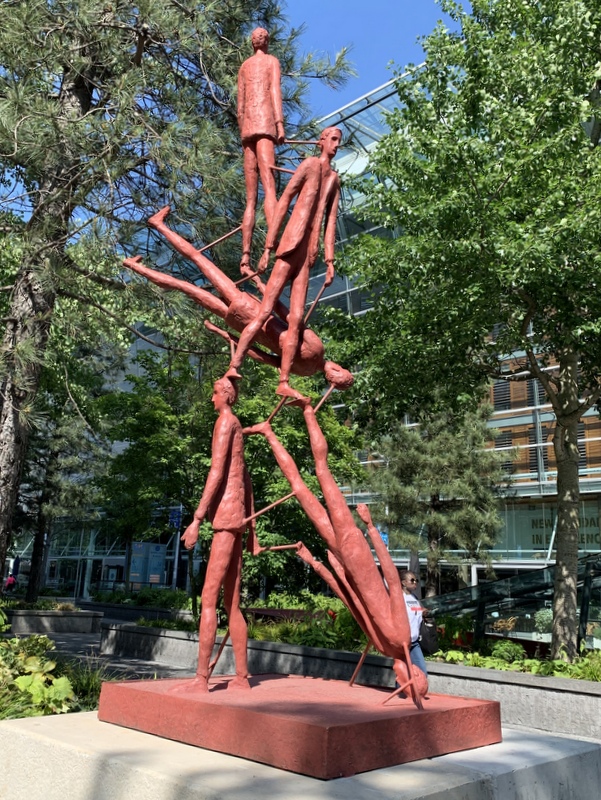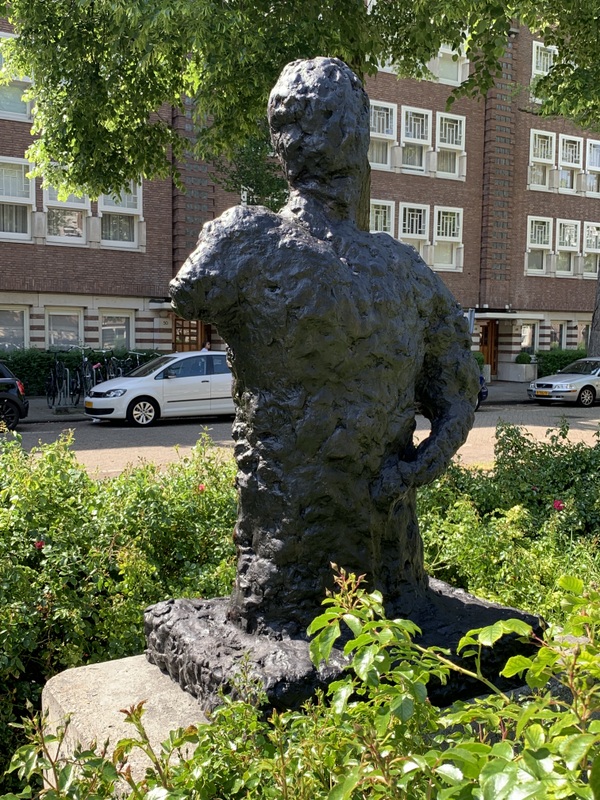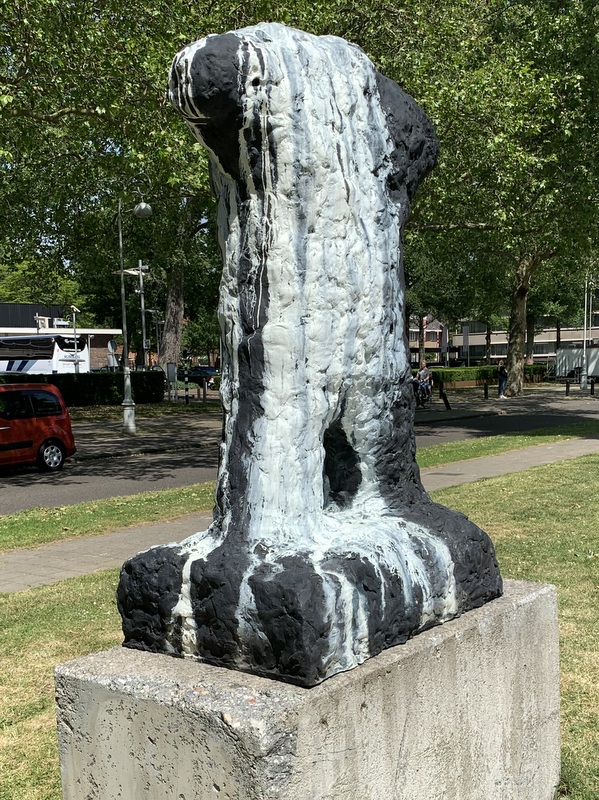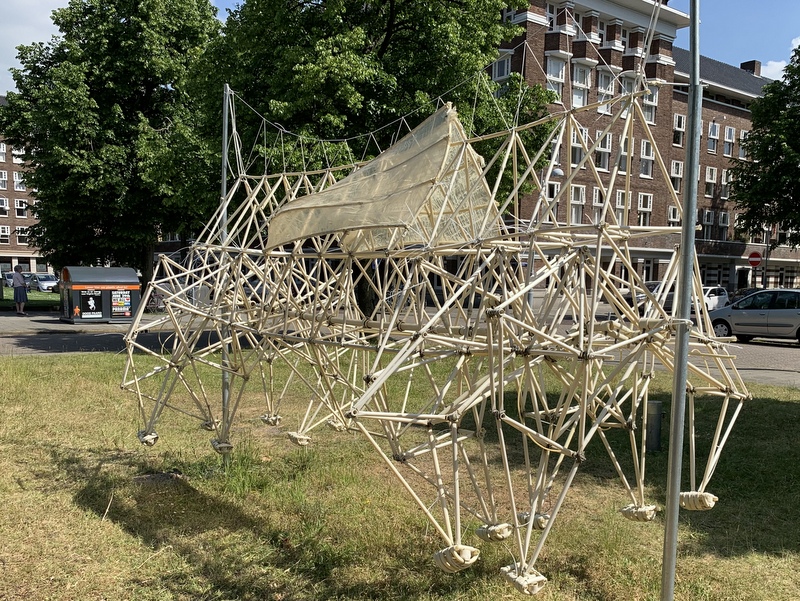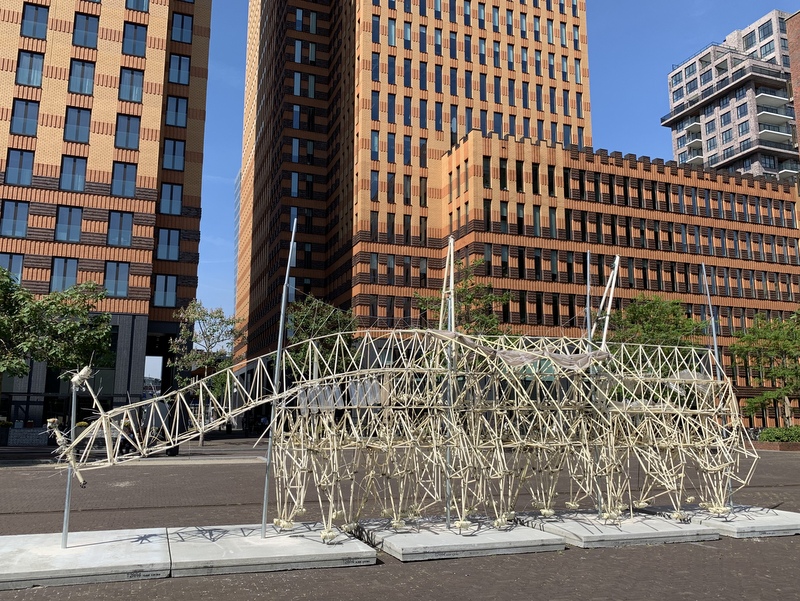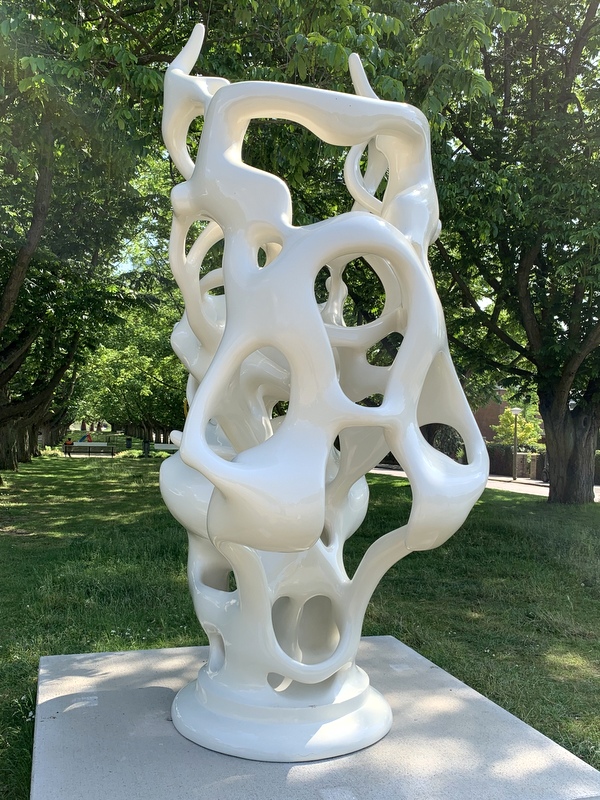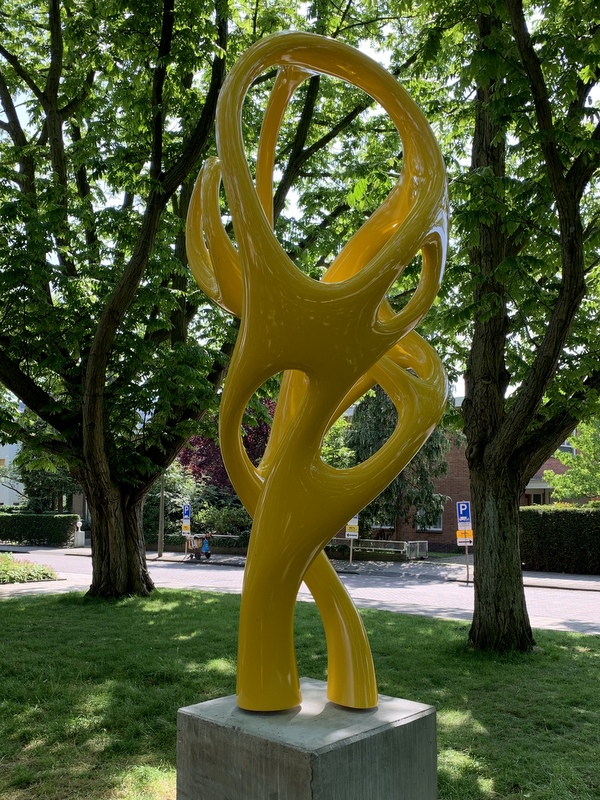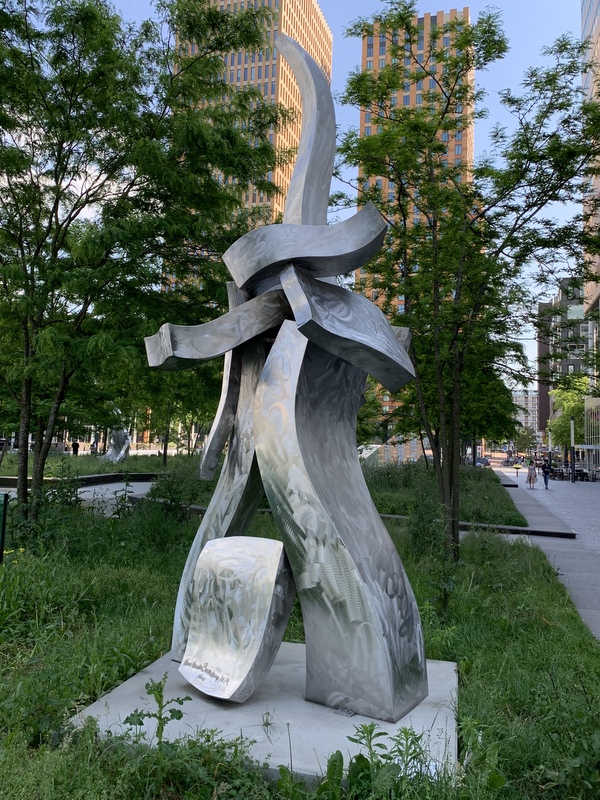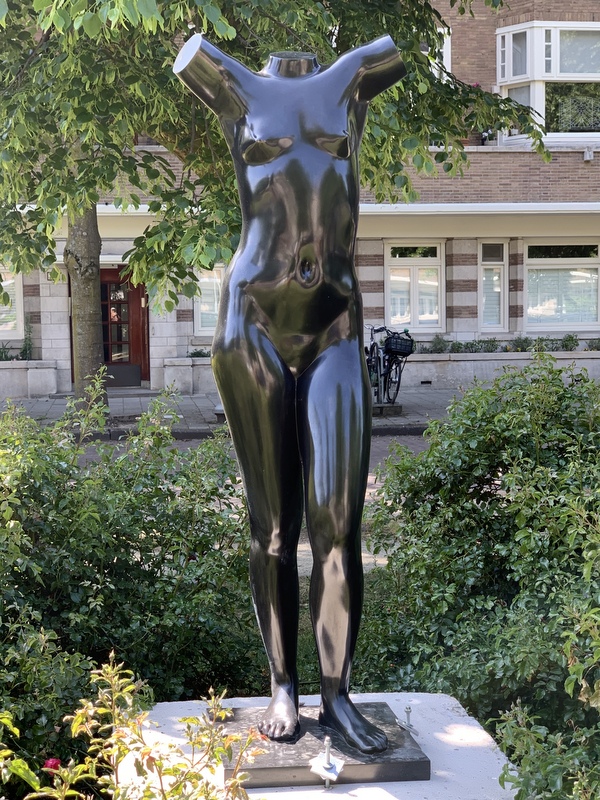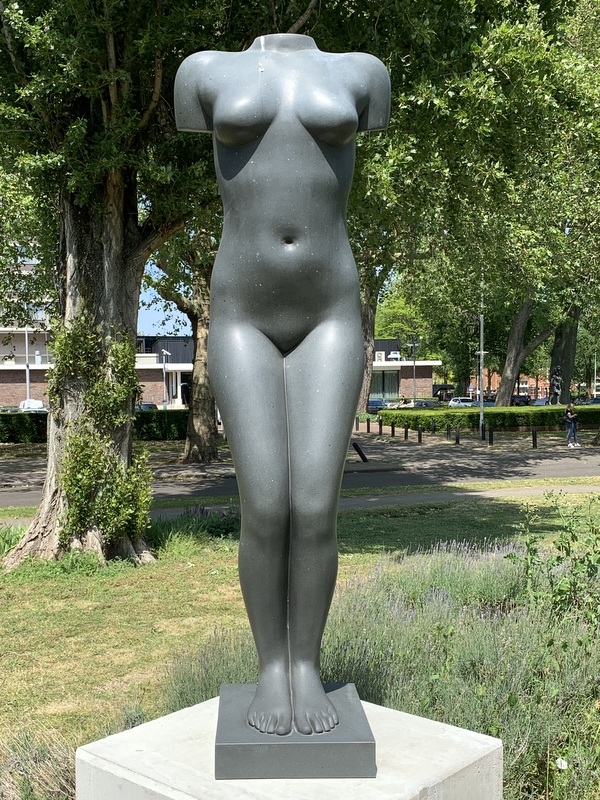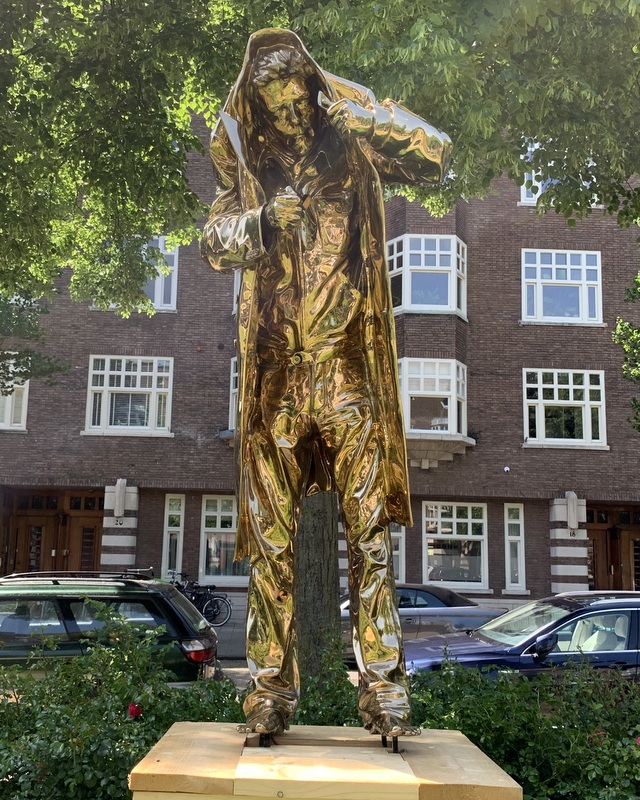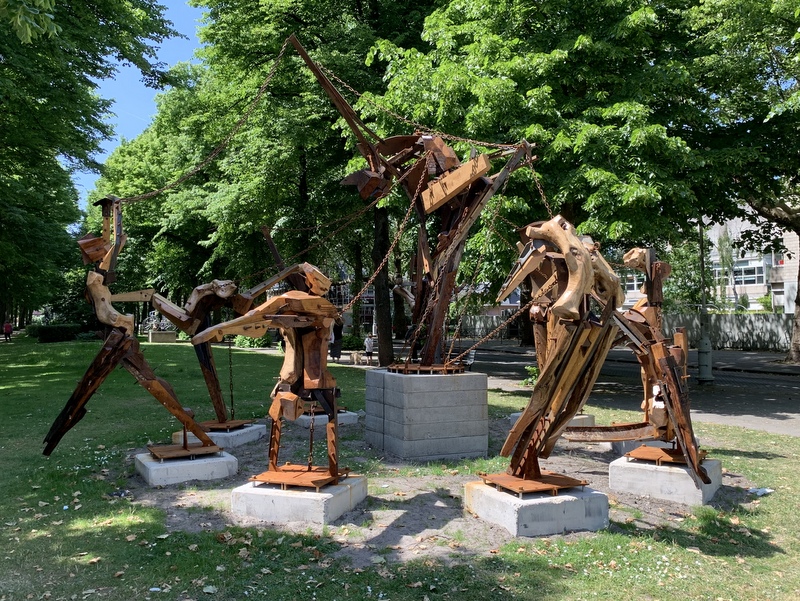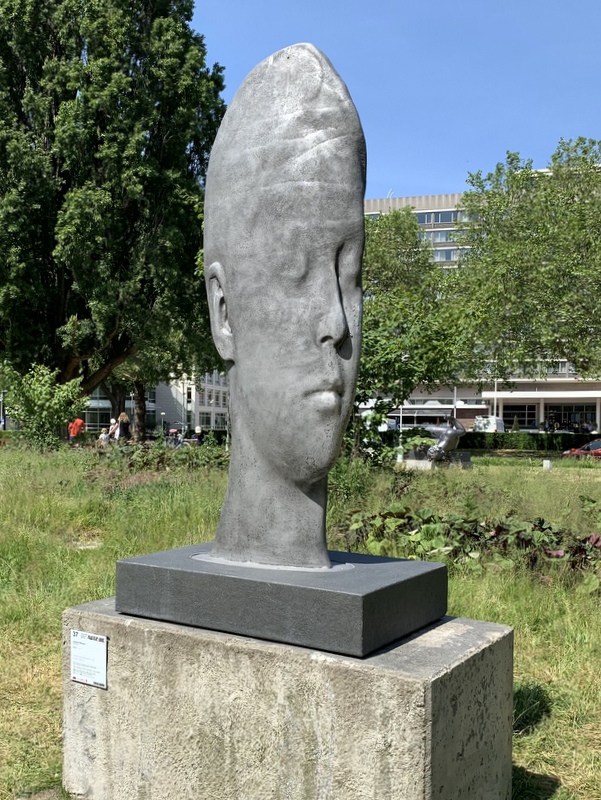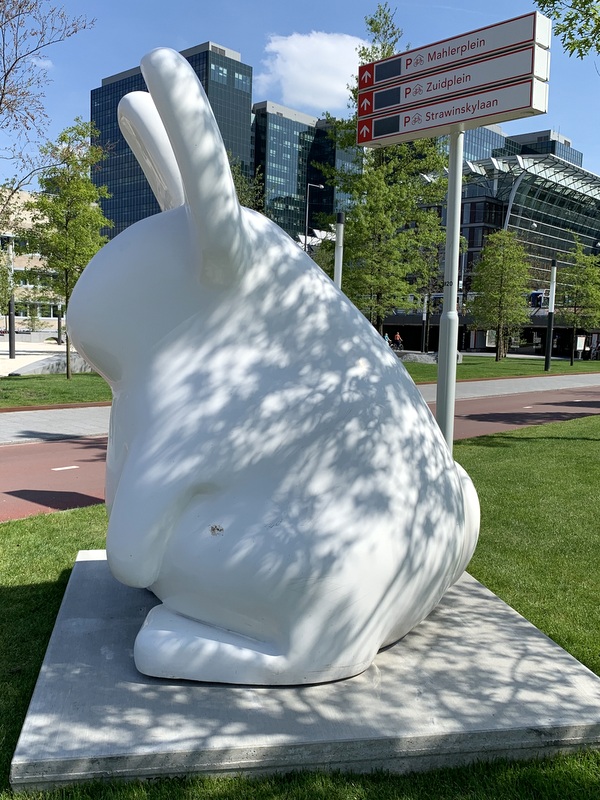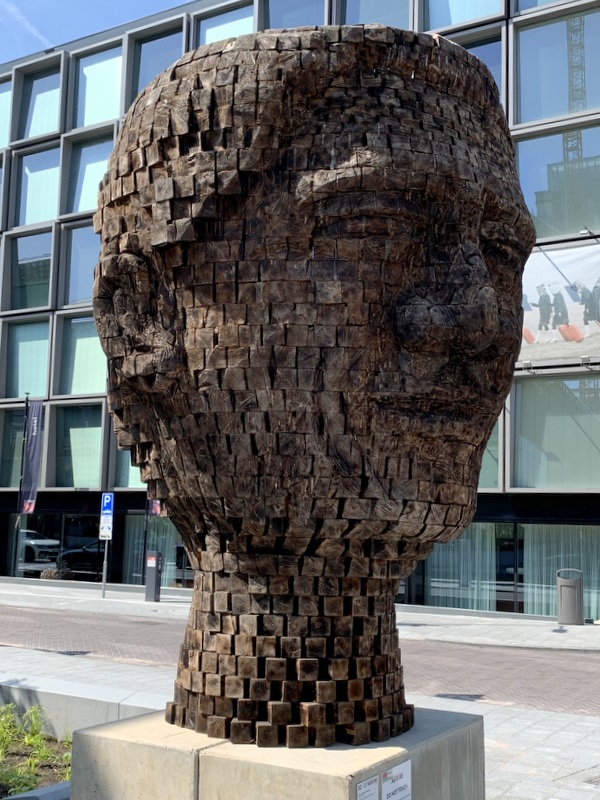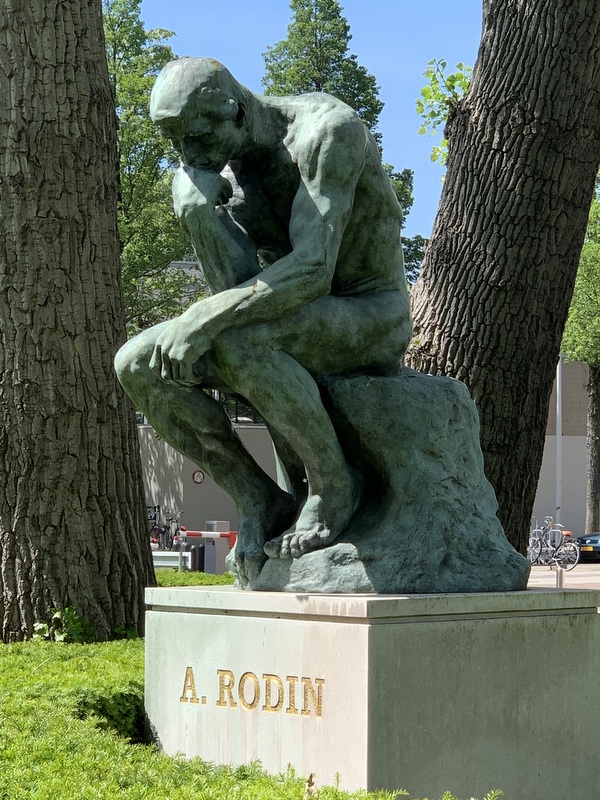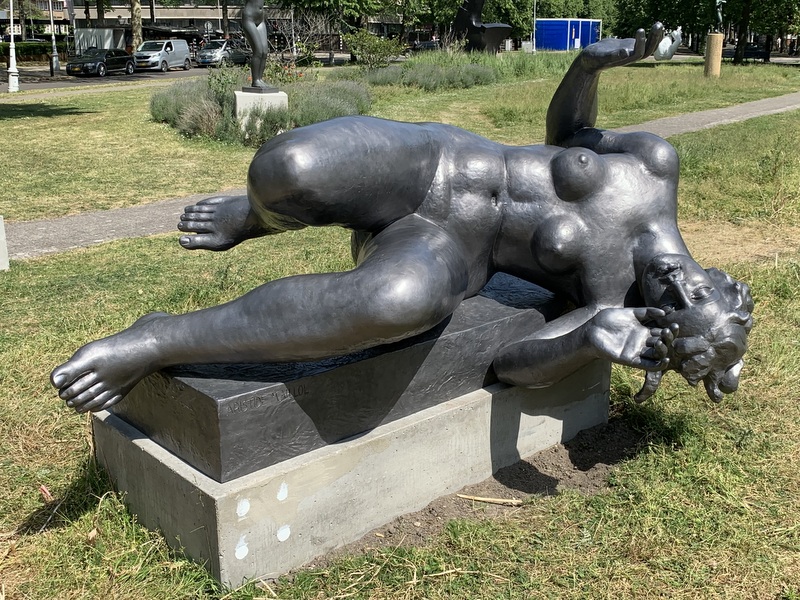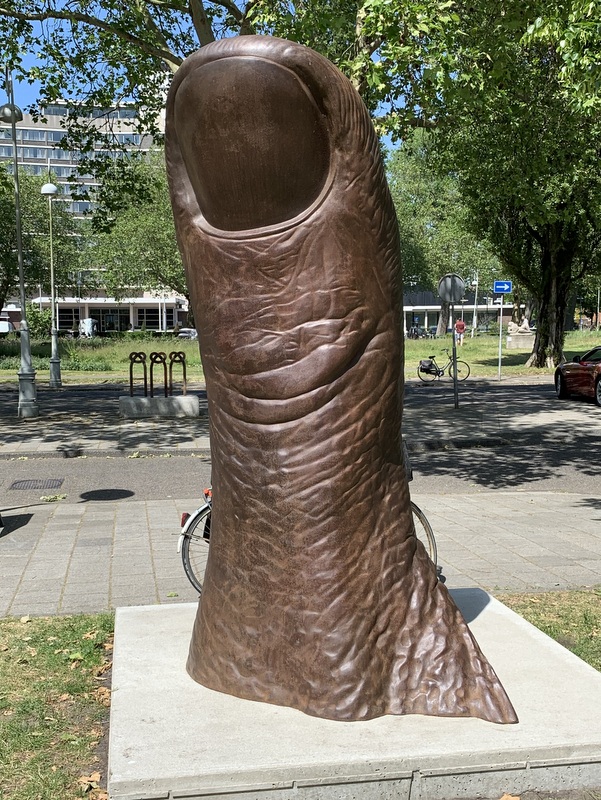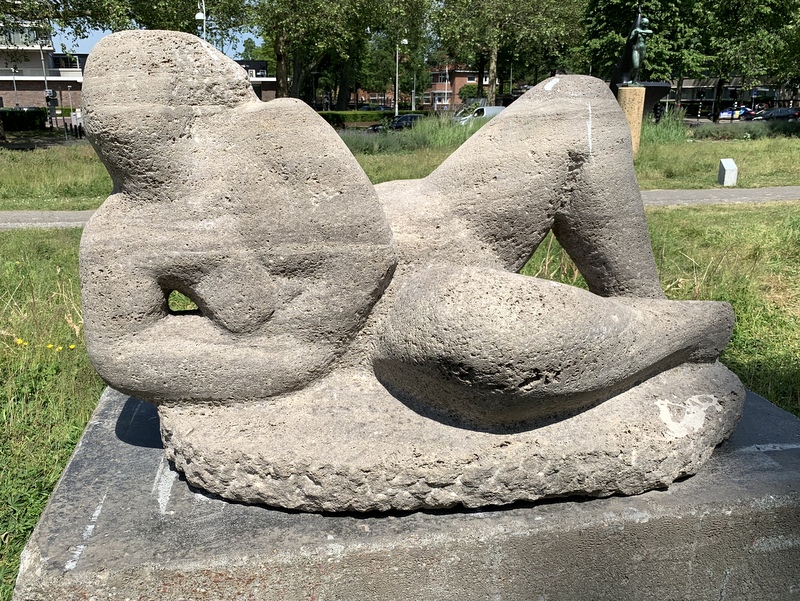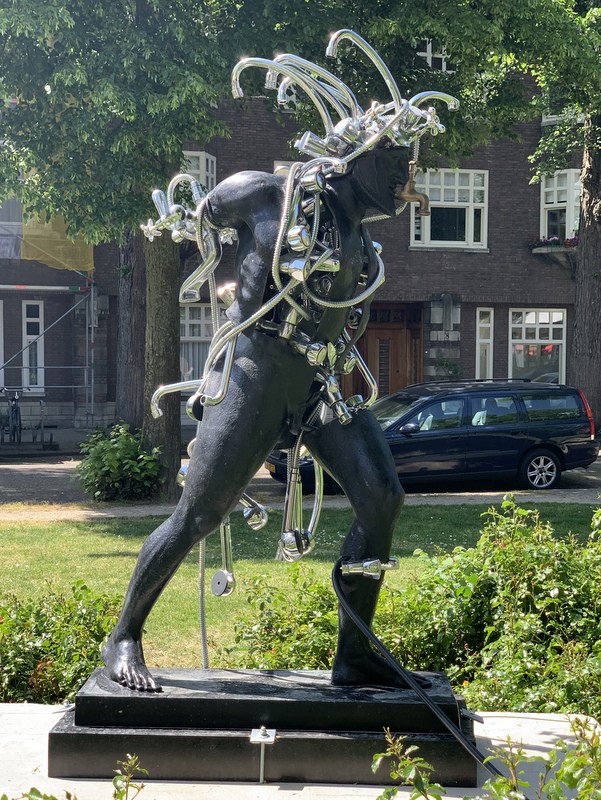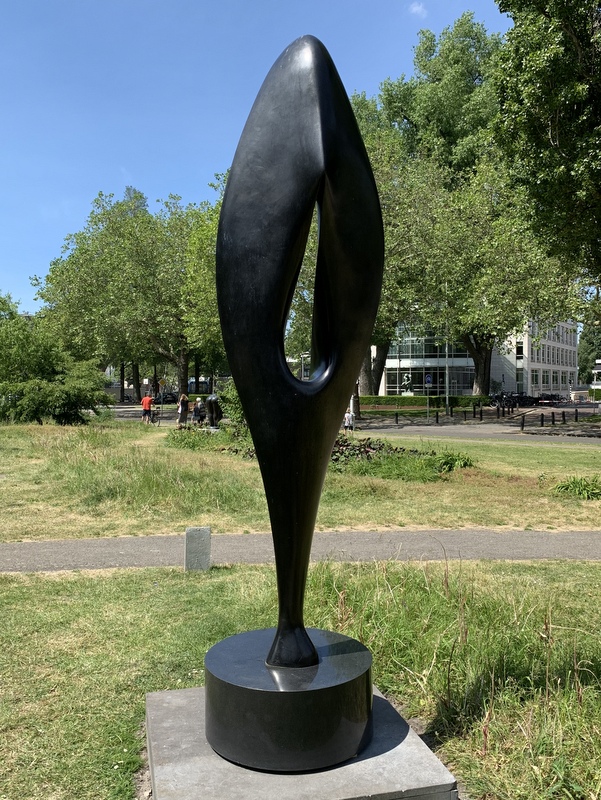During my visits to the Netherlands, my siblings and I often organise a reunion, see for example my blogs De Nollen and Family Gathering .
This time it was not possible to find a date that was suitable for everybody, so instead I met my siblings separately. My sister Lous and brother Pim, I had met already with Aei Ling and Aric, see my earlier report.
On 16 May I visited my brother Arie, who is living in Alkmaar. During an earlier visit in 2015 he had guided me around in this historical town: Alkmaar. This time we visited the Broeker Veiling, north of Alkmaar.
Here is a Google Earth image of what has been called the Realm of the Thousand Islands. From the 13th century farmers have created these small islands to cultivate vegetables, like onions, potatoes, cabbages.
In 1887 the first vegetable auction took place, in the open air! In 1912 an auction building was constructed, built over the water, so the boats could sail through it.
The real auctions do not take place here anymore, but the building has been beautifully preserved and is now part of the Museum Broekerveiling.
The walls of the modern main building have been decorated with photos of the thousand islands and the giant cabbage in front of the museum is of course an obvious photo object 🙂
The museum gives an interesting history of vegetable farming in the region. There are interactive displays and videos of people telling about their experiences when they were kids. It must have been a harsh life.
The auction building is surrounded by “lighallen” (mooring halls) where the farmers could wait until it was their turn, to sail through and have their cargo auctioned.
Although the real auctions don’t take place here anymore, the atmosphere is still very authentic. The blackboards mention the name of the farmer, the weight and other specifics about the cargo.
No real auctions, but regularly demonstrations are given in the auction hall. For me it was the highlight of our visit.
First the auctioneer explained the procedure. The starting price for a load is high, then the clock is going down and down to lower prices, until one of the buyers pushes a button in front of his seat. He will pay that price, so he must take care not to push too early :-). On the other hand, if he waits too long, another buyer will have pushed his button!
The Dutch expression is “veiling bij afslag”, when I searched for the English translation, I was quite surprised to find that it is : Dutch Auction !
We, the visitors, could bid ourselves! Of course not on huge quantities of onions etc, but on small bags of carrots, apples, strawberries, etc. I bought two pears, for 1.35 Euro, probably more expensive than in the supermarket. Big fun!
The lady auctioneer and the couple that played the role of farmers, gave a perfect, entertaining performance. She didn’t mind to have her photo taken with us, probably she will be in thousands of pictures..:-)
Back home, Ineke had prepared a Dutch meal, not with cabbage, but with asparagus. Delicious.
A few days later Otto, my youngest brother, visited me in my apartment in Amsterdam. We had dinner and, as usual, a long, interesting conversation about many different topics, like the universe for example 🙂
He stayed overnight and the next morning, after breakfast, we drove back to Alphen a/d Rijn, our hometown. We had lunch in the family house. The weather was nice, so in the afternoon we decided to go for a walk through the polders. When I was a teenager, it was my playground, a lot has been changed since then. Here is a Google Earth image with our walk in green.
We walked through beautiful polder landscape. Part of the polder here has been “given back” to nature. Lots of flowers everywhere. A coot was swimming around with a single chick, probably the rest had been eaten already.
Part of the walk took us to the Bedelaarsbos (Beggars Forest). Not much of a forest actually :-). Sixteen years ago, my siblings and I have hidden a so-called geocache here, Bedelaarsbos. The geocache was a small container, hidden in a hollow tree trunk. It was a popular geocache, found about 150 times yearly. Otto took care of the cache regularly, because I was living in Malaysia most of the time. When he told me that the hollow space was closing up, getting too small for the container, we decided to archive the cache, now four years ago.
I did not have the coordinates of the cache location, so we tried to find the tree trunk, using our memory…:-). Not easy, but we thought it might be the tree in the right picture. Later, checking the website, I found that we were right!
It was a pleasant walk, about 3.9 km.
There was still time enough before I had to go back to Amsterdam. Otto suggested that we could visit our parents’ grave. First we went to a garden center to buy some plants, because he said the grave was a bit barren.
The cemetery was established during the thirties of the last century,
I had never noticed the nice sculptures at the entrance gate!
Left Otto as gardener, right the result of his work 🙂
At the end of the afternoon I took a bus back to Amsterdam
Ten days later I took the train to Groningen to visit my brother Ruud. During my stay in the Netherlands I always spend a few days with him, see for example my report Groningen 2018. This time he suggested to have a look at Blauwestad, a “new” village in the east of the province of Groningen.
During our trip we passed several “old” villages, where we took pictures of churches and windmills. The locations are indicated in the Google Earth map
Our first stop was at Harkstede. The church in this village was built at the end of the 17th century by Henric Piccardt, a fascinating character, adventurer and diplomat (the link is in Dutch). He built the church also for himself, beneath the church there is a mausoleum for his family, and he had his own study and library in the church!
Above the church entrance the coat of arms of the Piccardt family. The tower in the right picture is much older than the church, dating back to about 1250.
Next we visited the church of Slochteren. The original cruciform church was built in the 13th century, nowadays only the transept remains, with a separate church tower
A bit confusing. Anno 1650, but the inscription mentions MDCCLXXXIII = 1783.
In Schildwolde, the church tower, separate like in Slochteren, belongs to the original 13th century church. It is an impressive, 48m tall structure. The church itself was built in 1686 and is a simple hall church.
We continued to the Oldambtmeer, where we had lunch. The Oldambtmeer is an artificial lake of about 800 hectares in the Oldambt region. Compare the two maps below. In the center of the right map you can see the new village Blauestad.
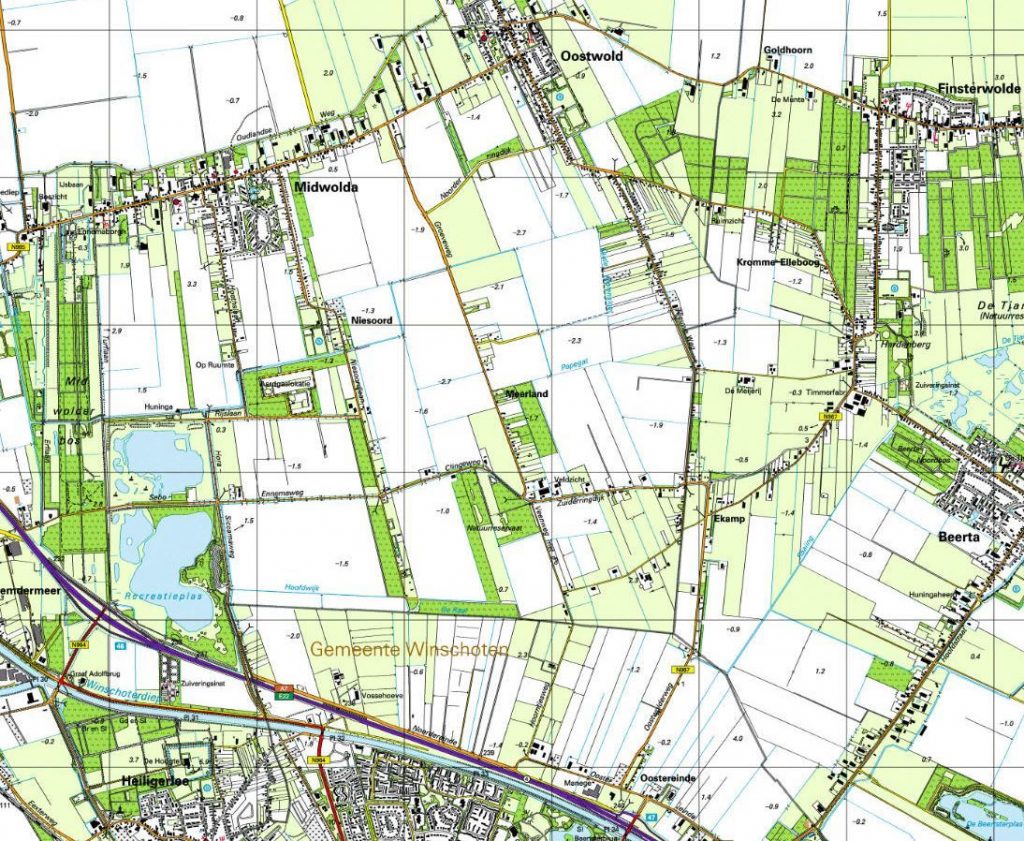
2004 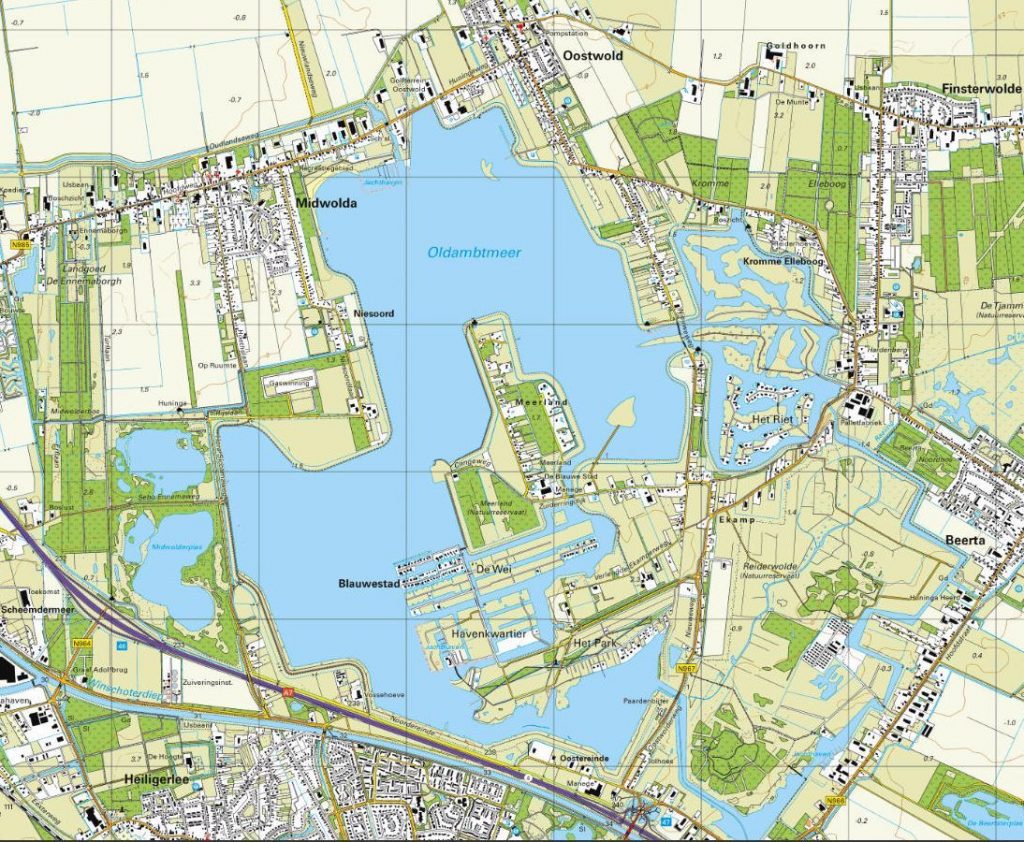
2018
A few pictures of the lake. Its purpose is recreation, for the population of Blauestad and the other villages around the lake.
Here is a part of Blauestad, still under construction. Not really a place where I would like to live, but probably perfect for people who love sailing, fishing etc 🙂
We passed two flour mills on our trip. The first was Stel’s Meuln in Harkstede. Built in 1851 as “grondzeiler”, a windmill where the blades almost reach the ground. Later raised on a platform to become a “stellingmolen”. This was often done in a built environment, so the blades could catch the wind better.
The other windmill is the Edens in Winschoten, built in 1763, the oldest windmill of the province Groningen. Raised several times because of the buildings, surrounding the mill. Looked very impressive.
Back in Groningen town, we finished the day with a nice dinner in restaurant De Branderij.
The next morning I took the train back to Amsterdam


